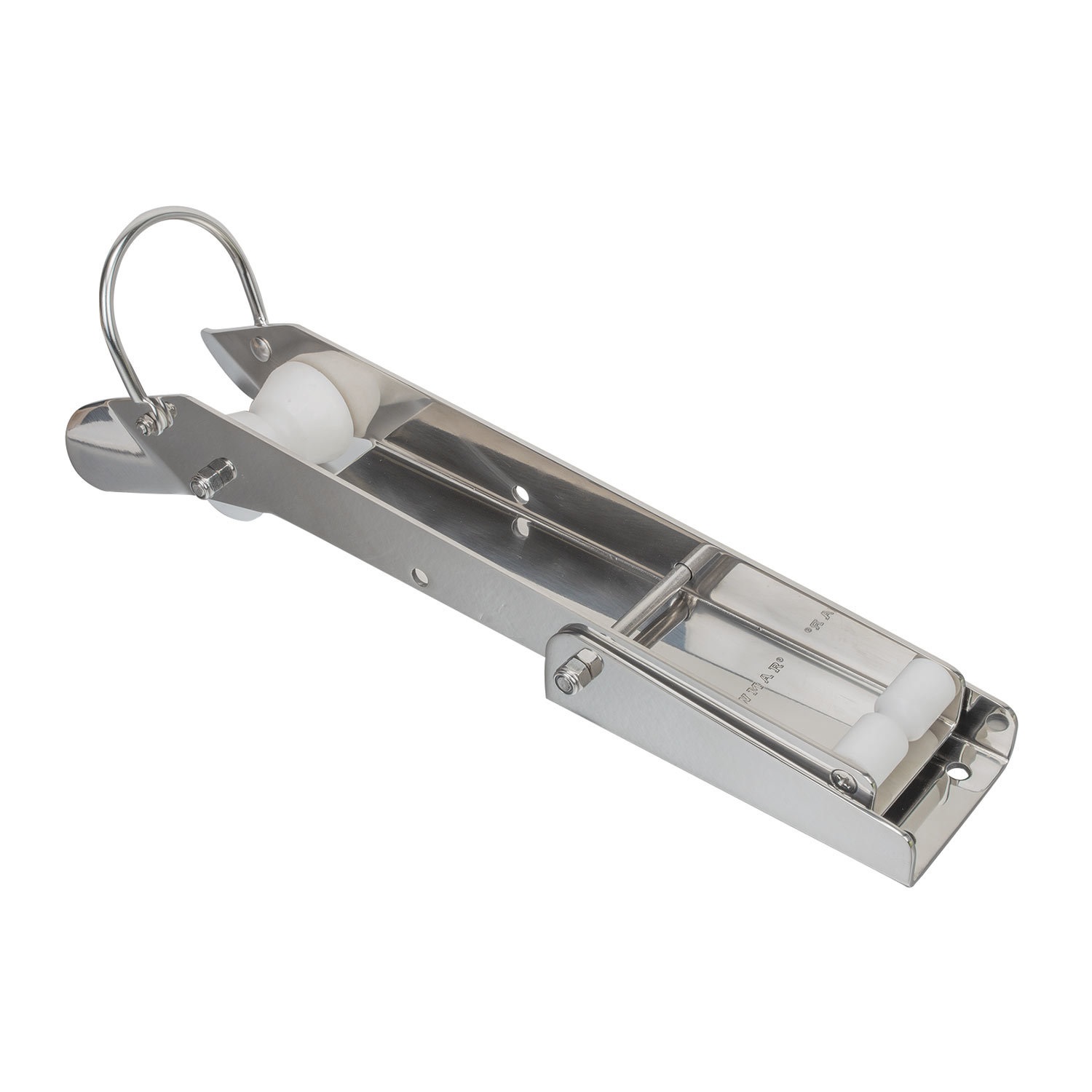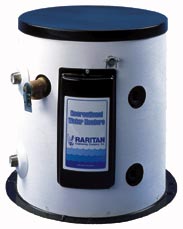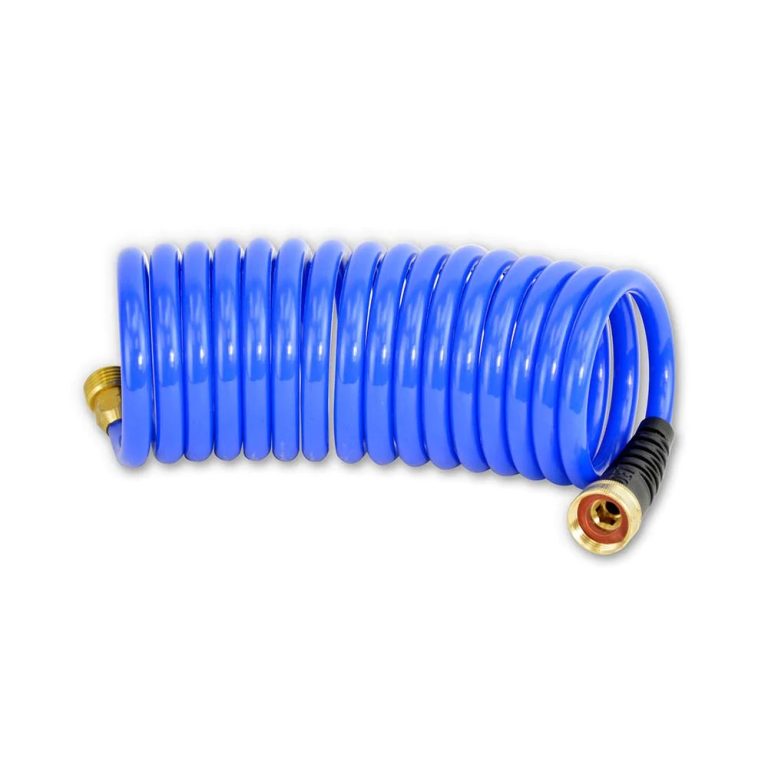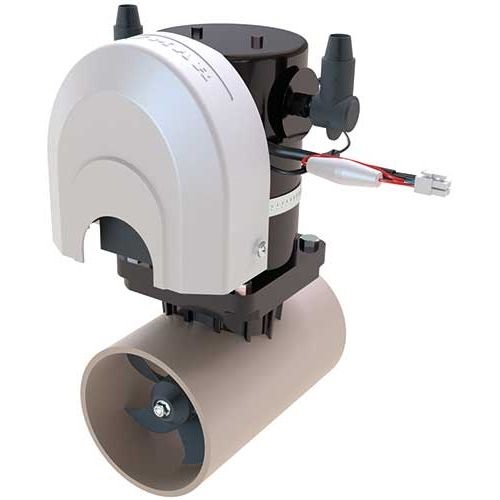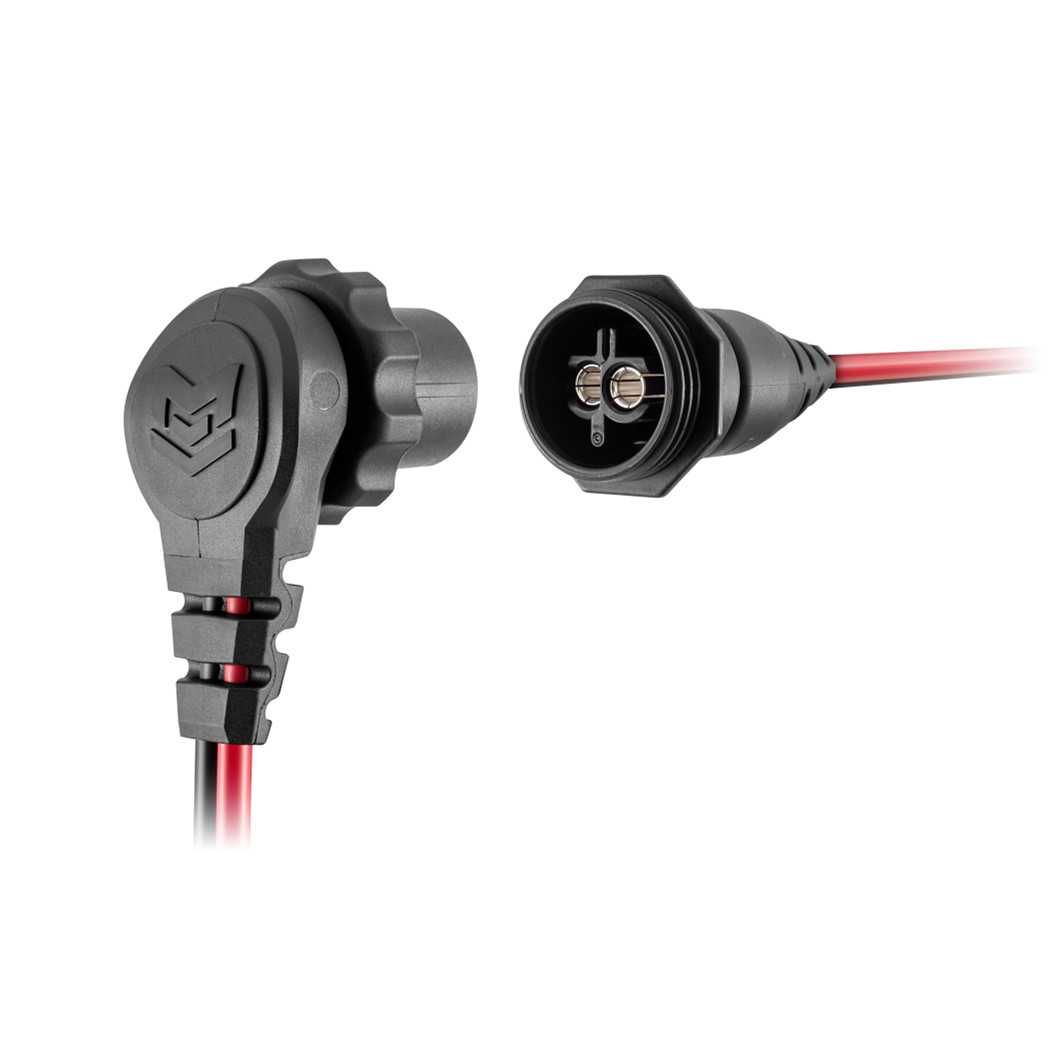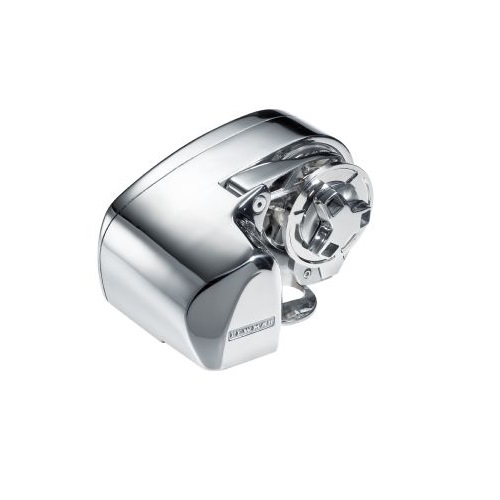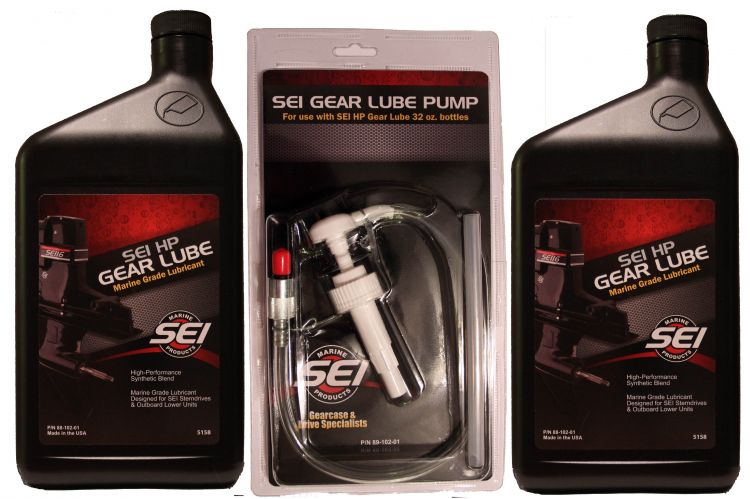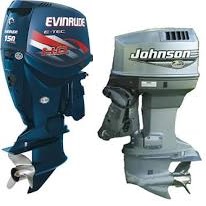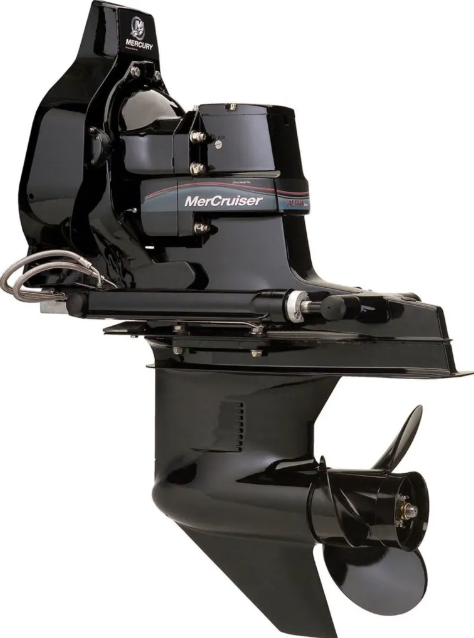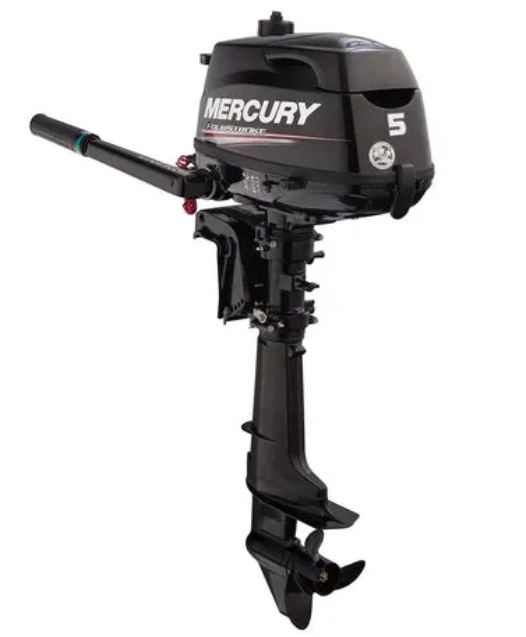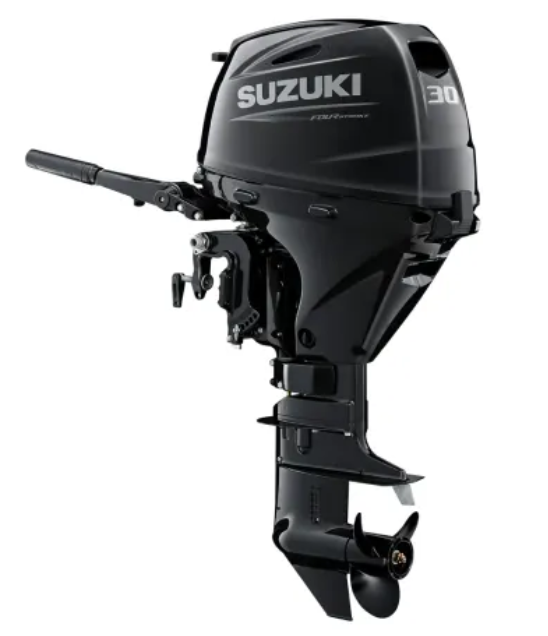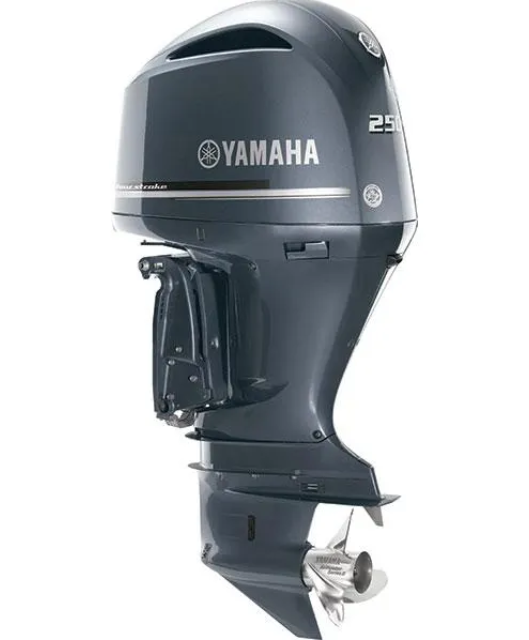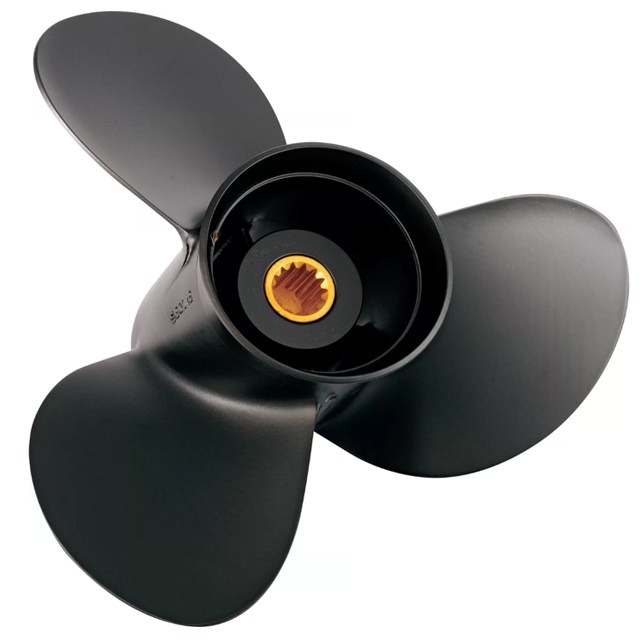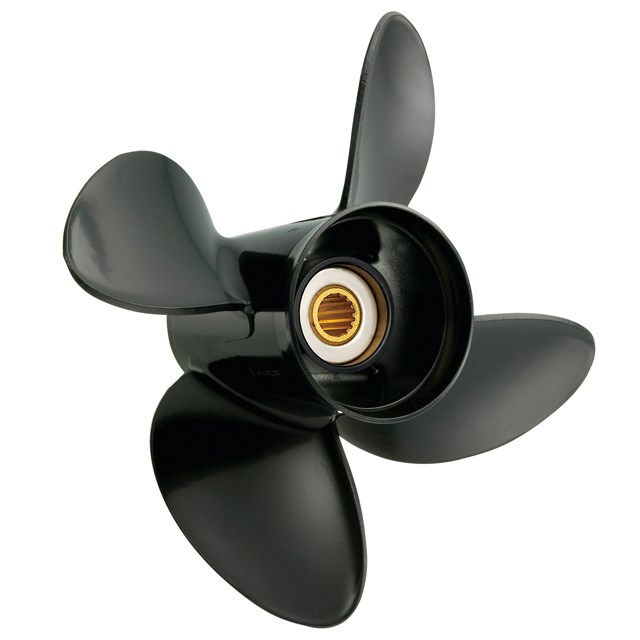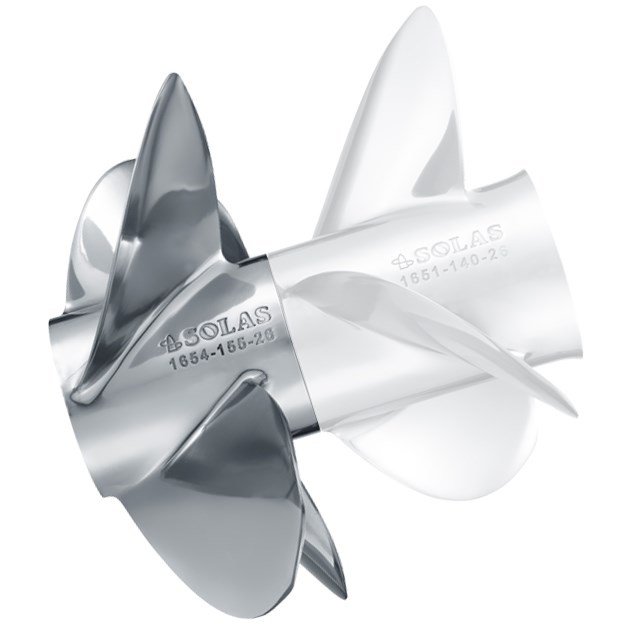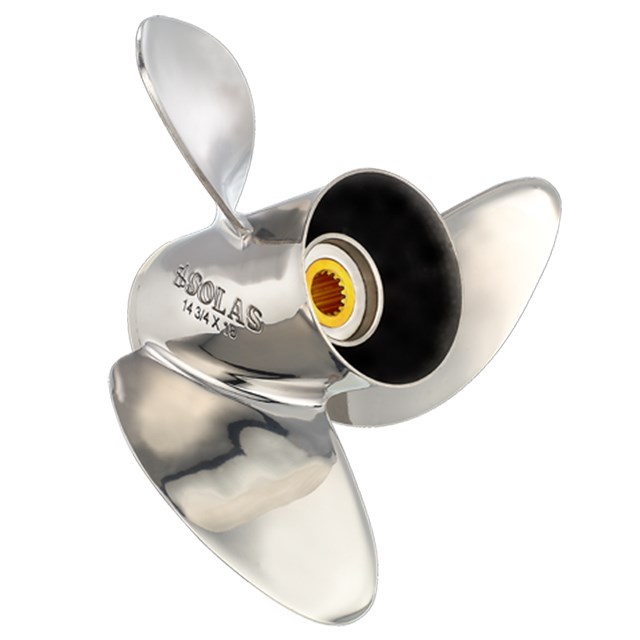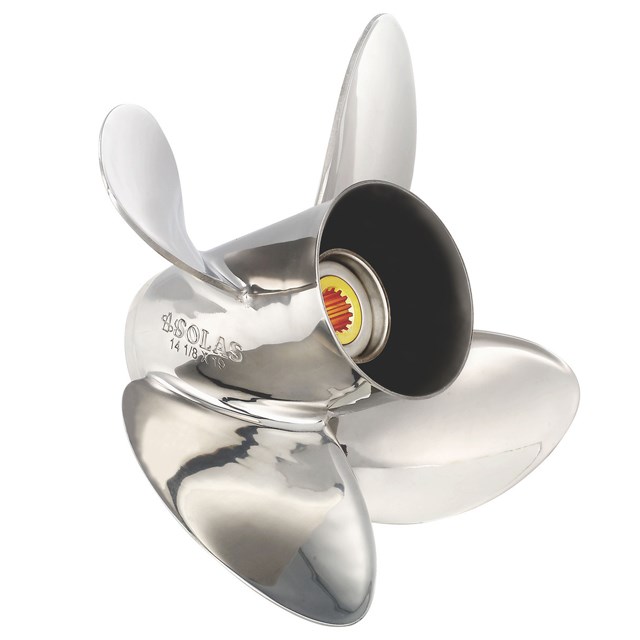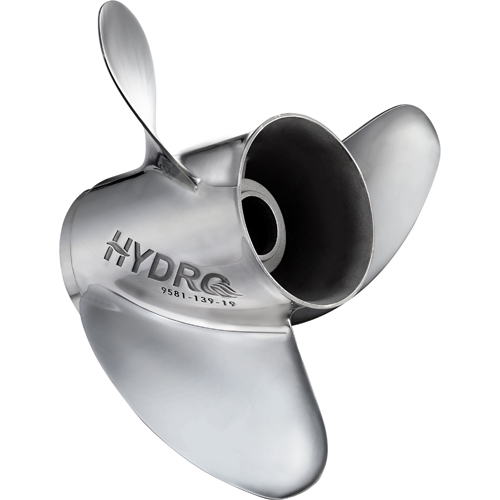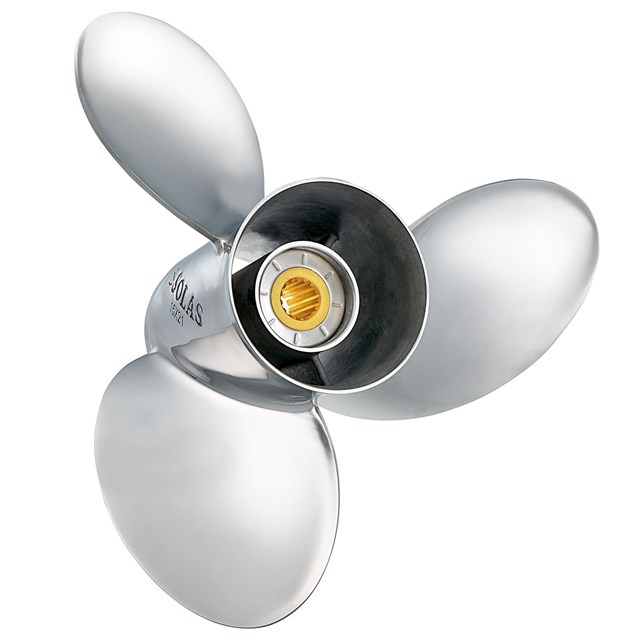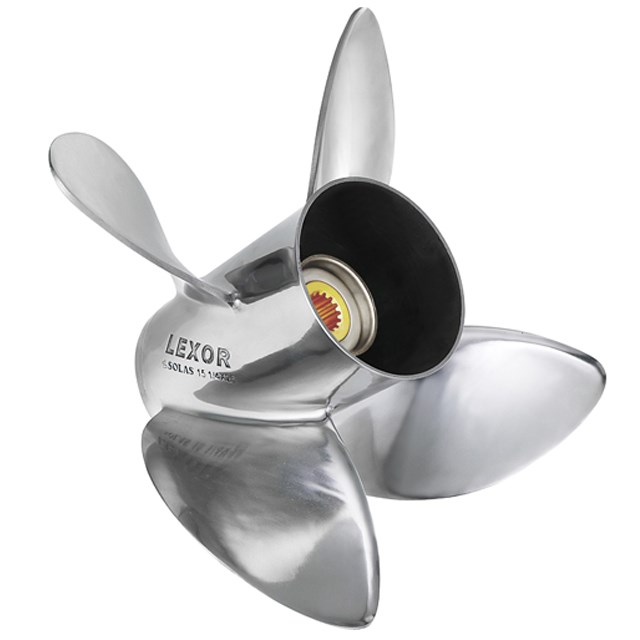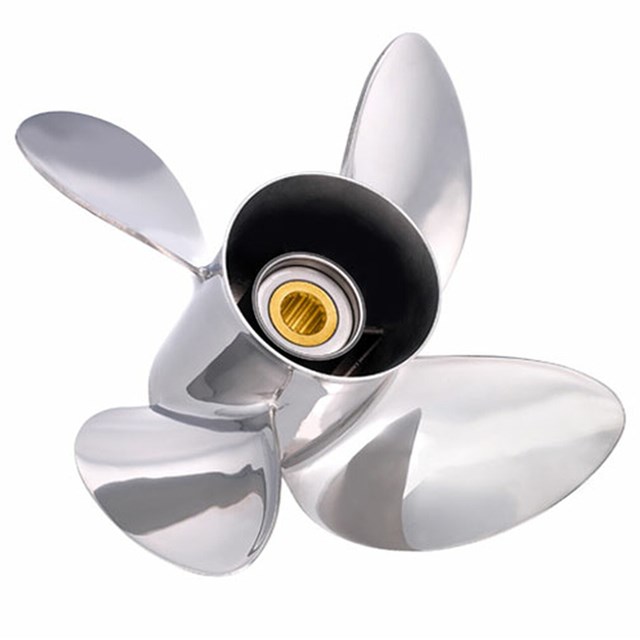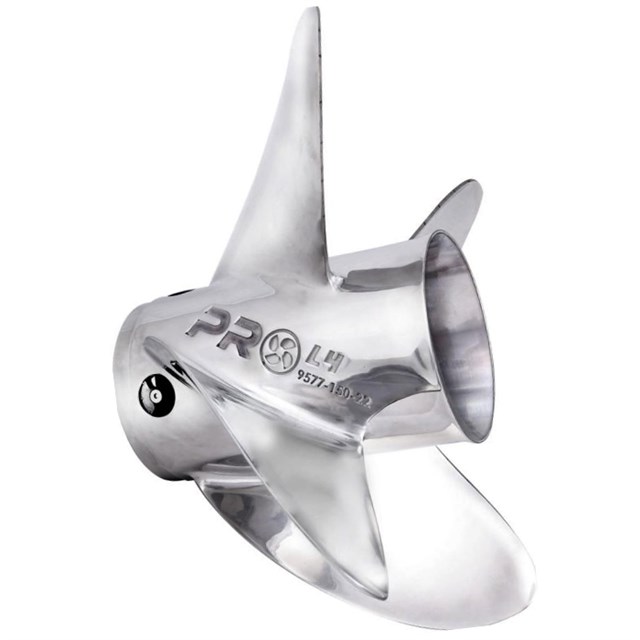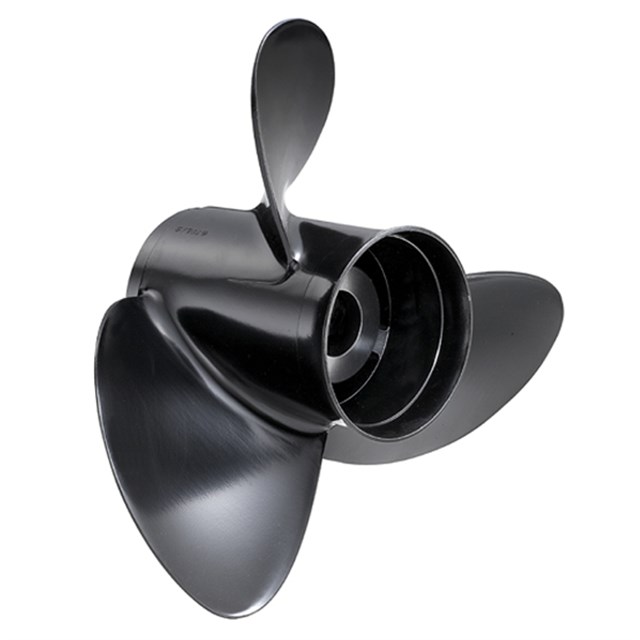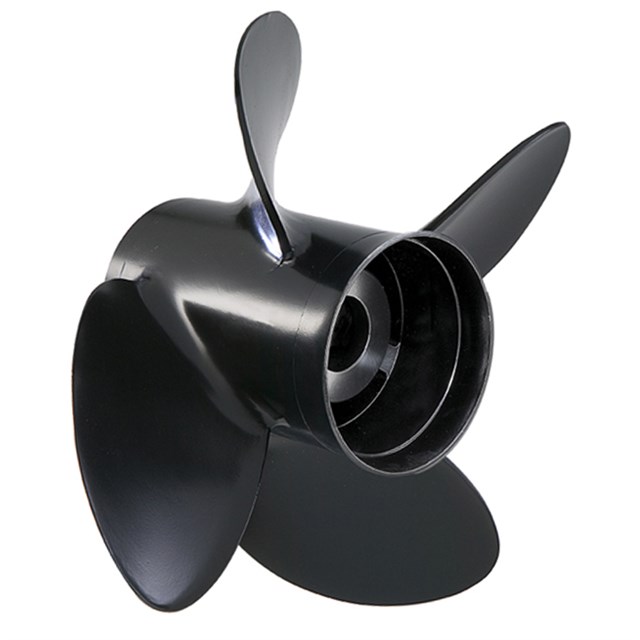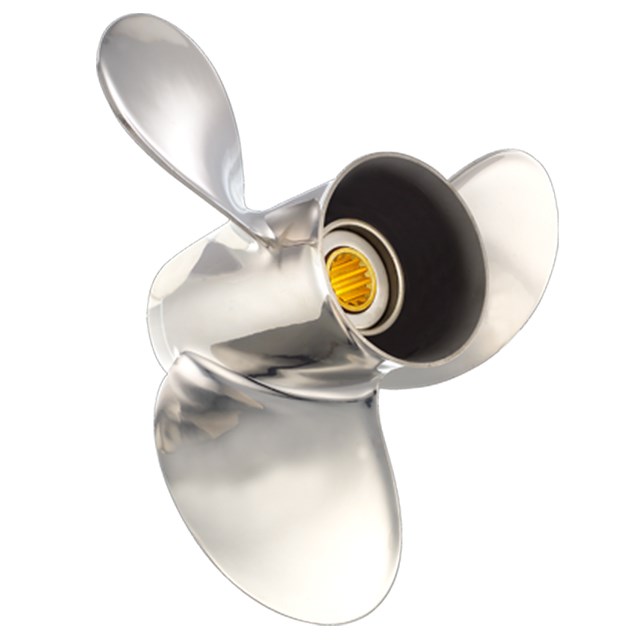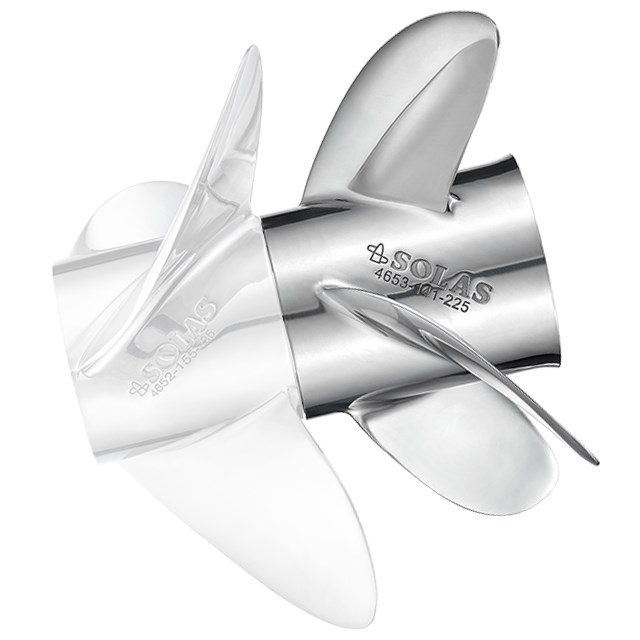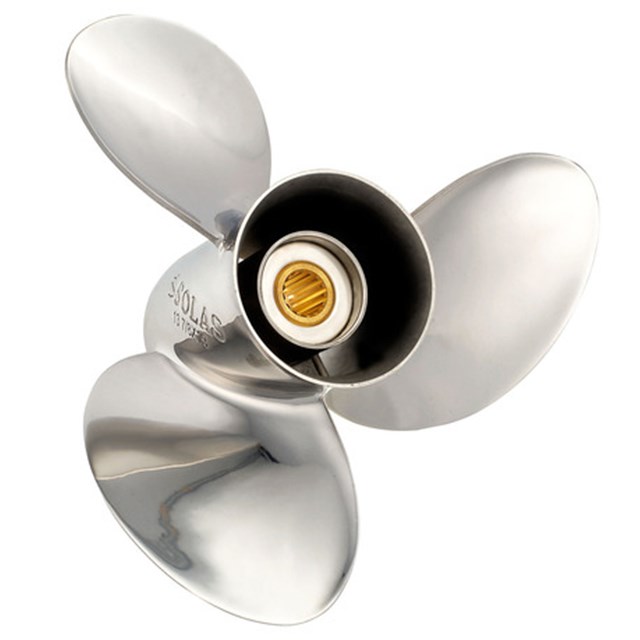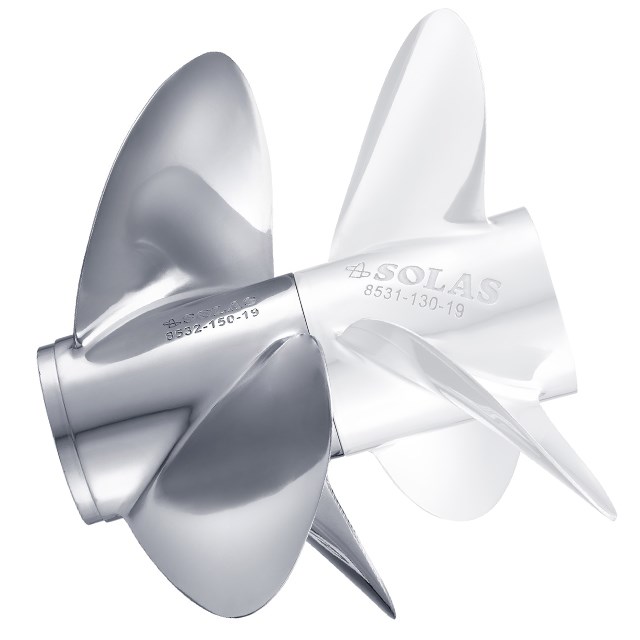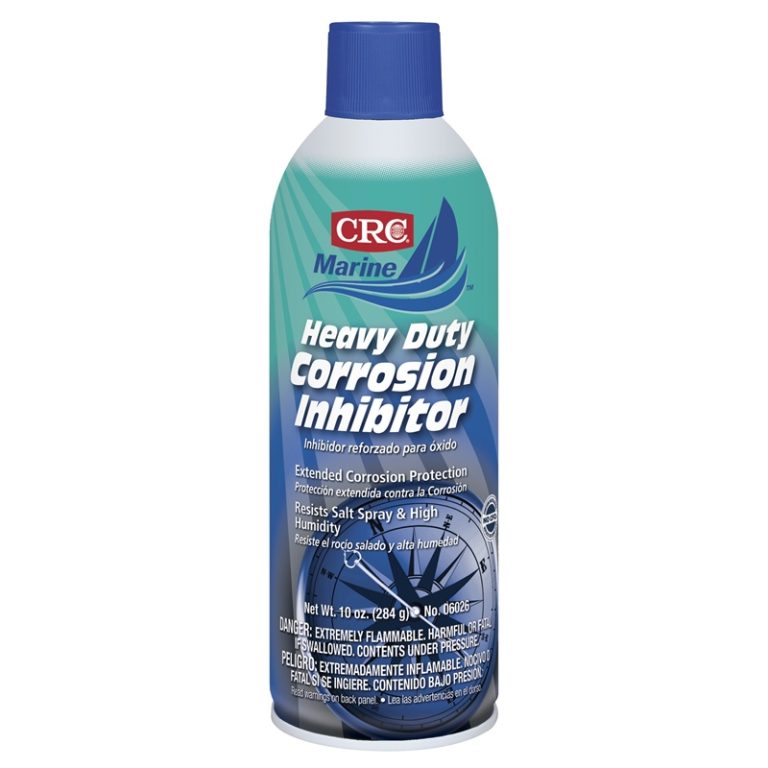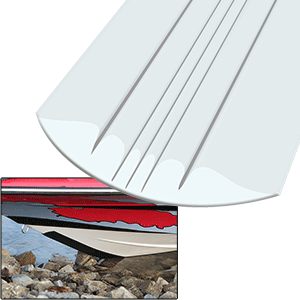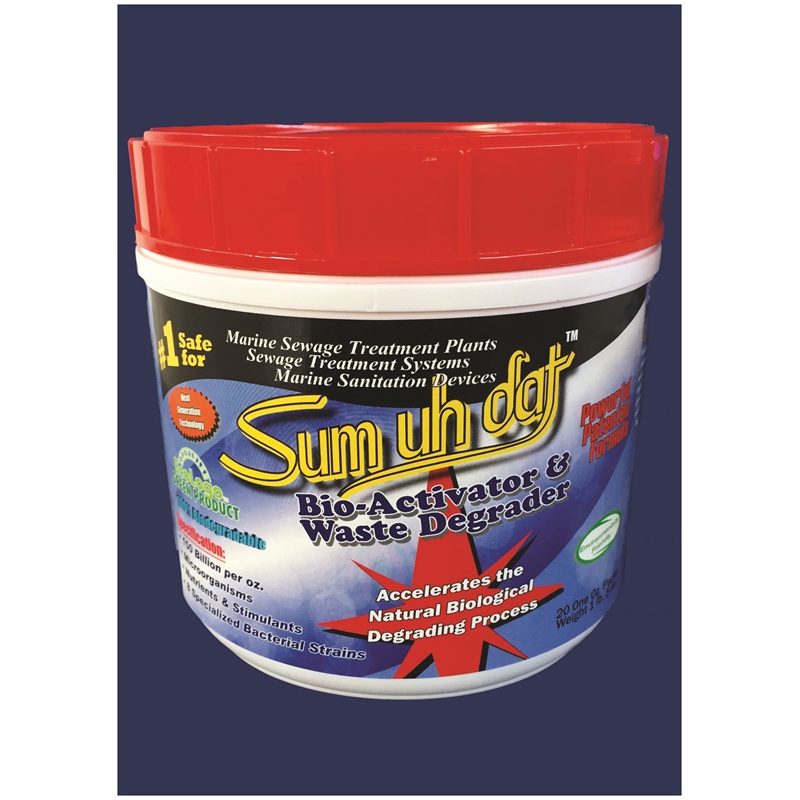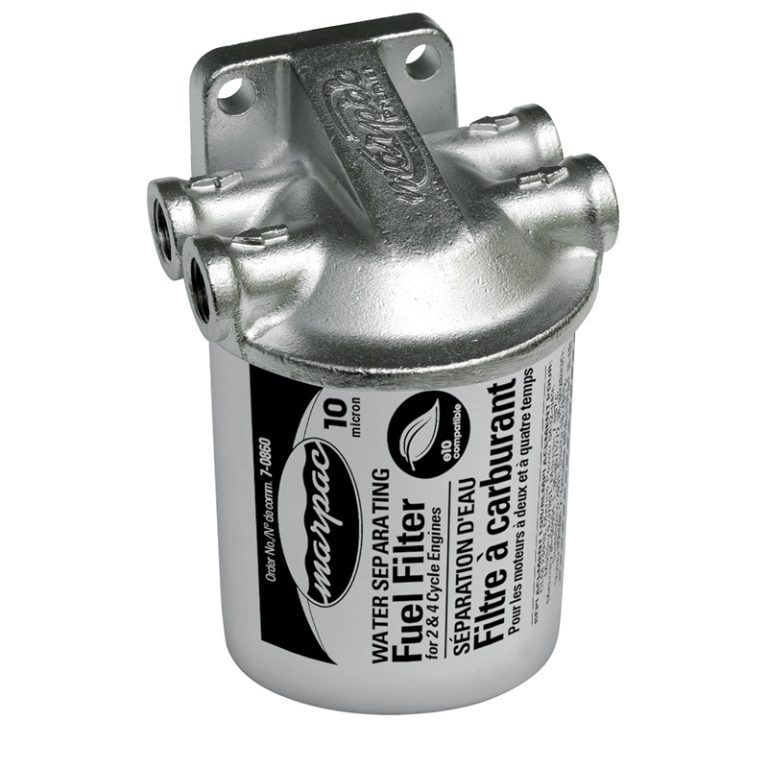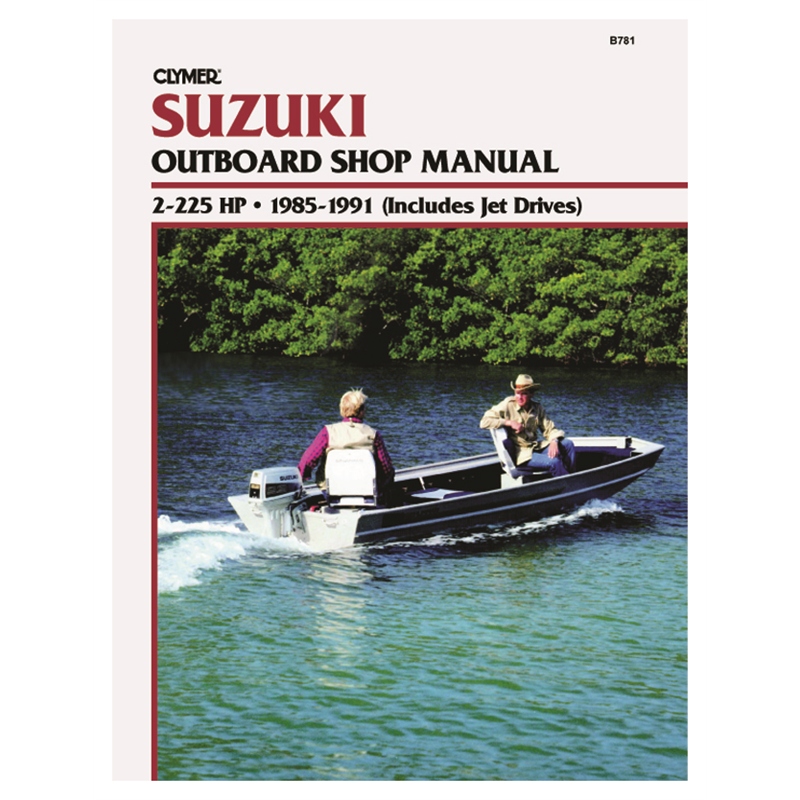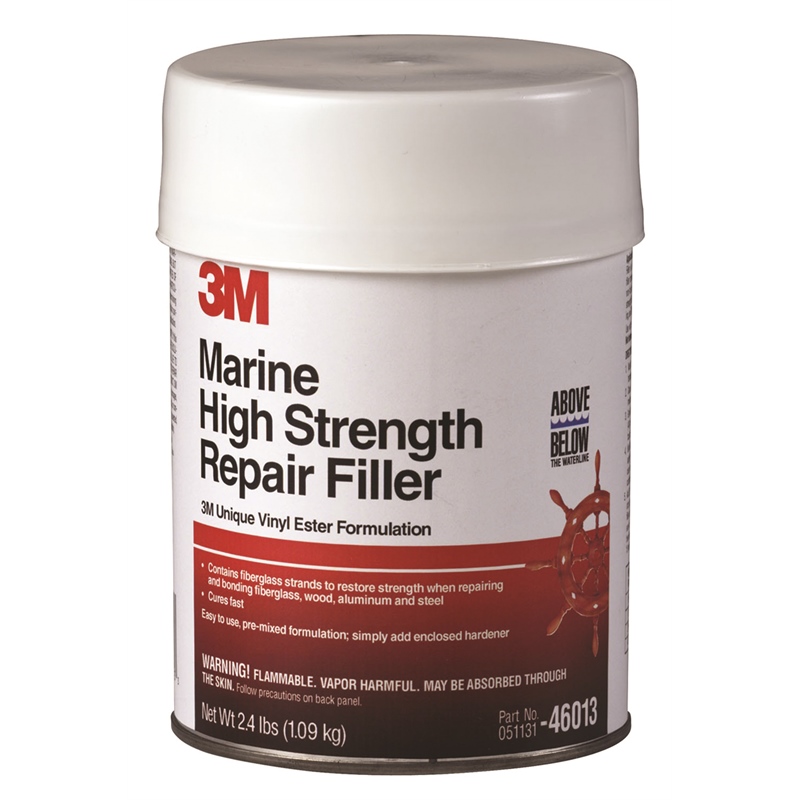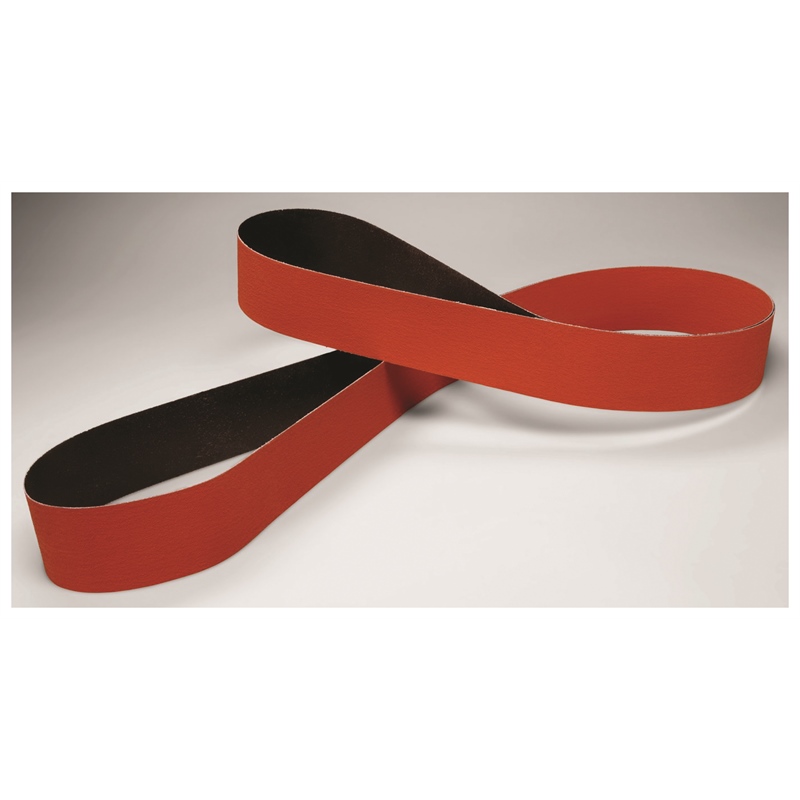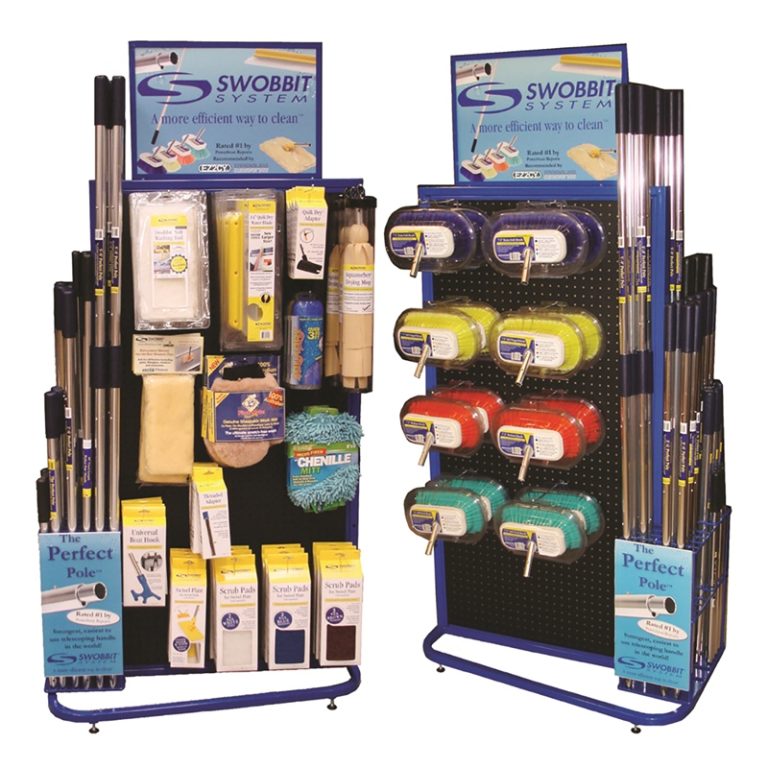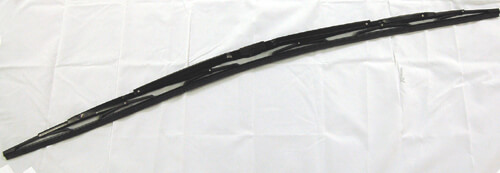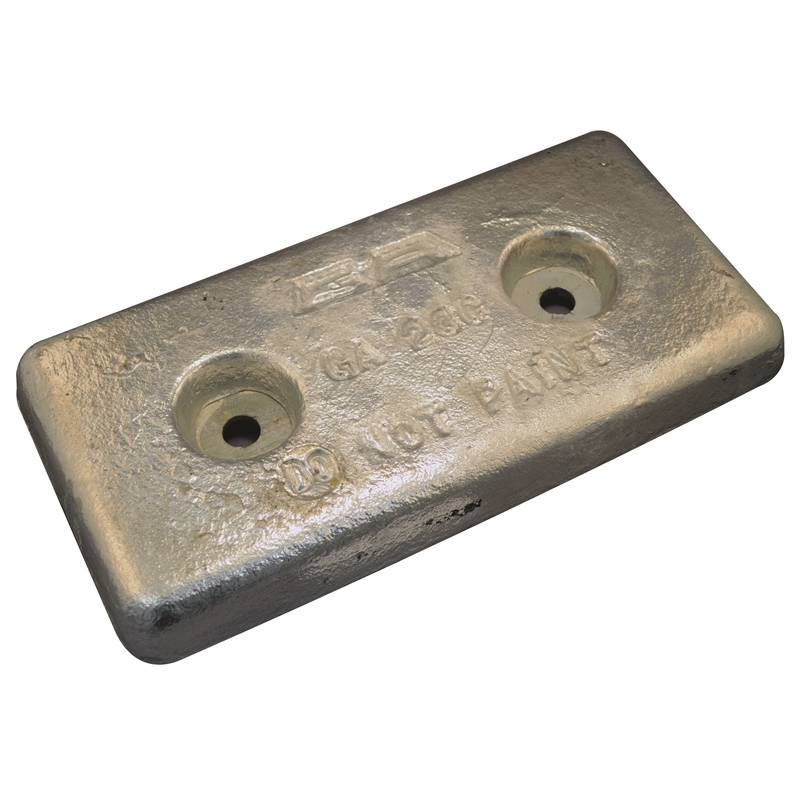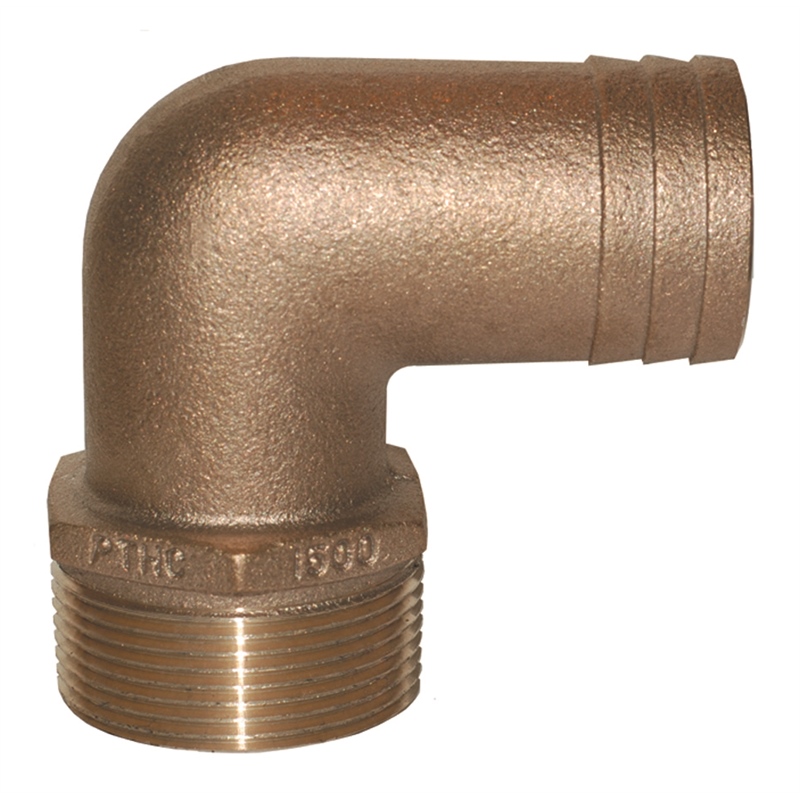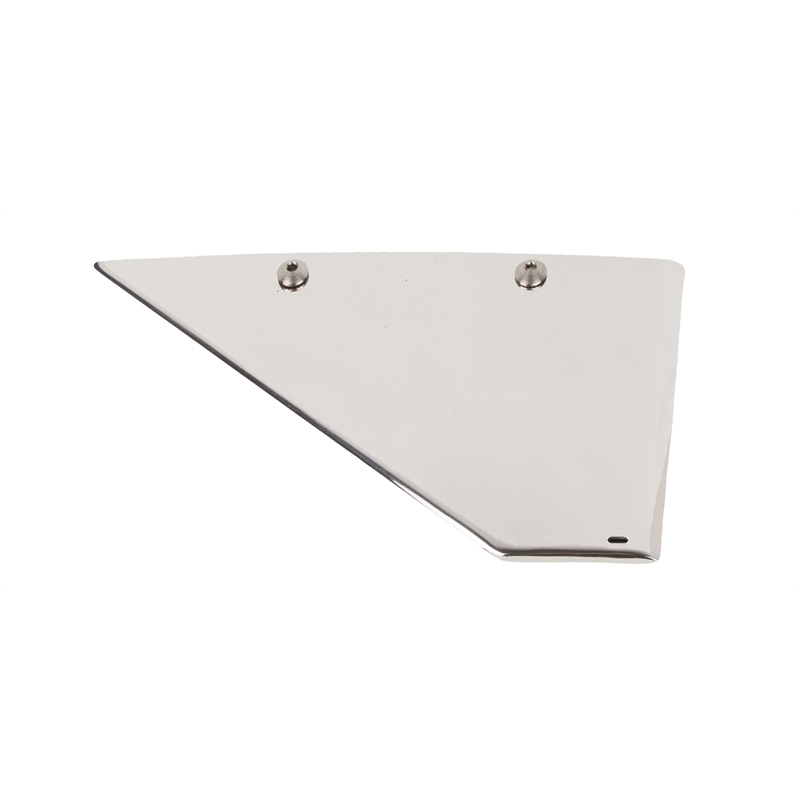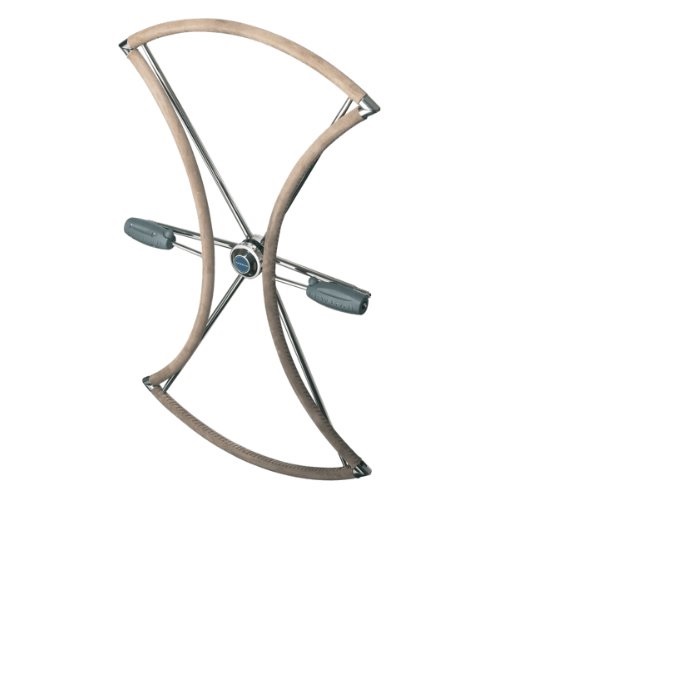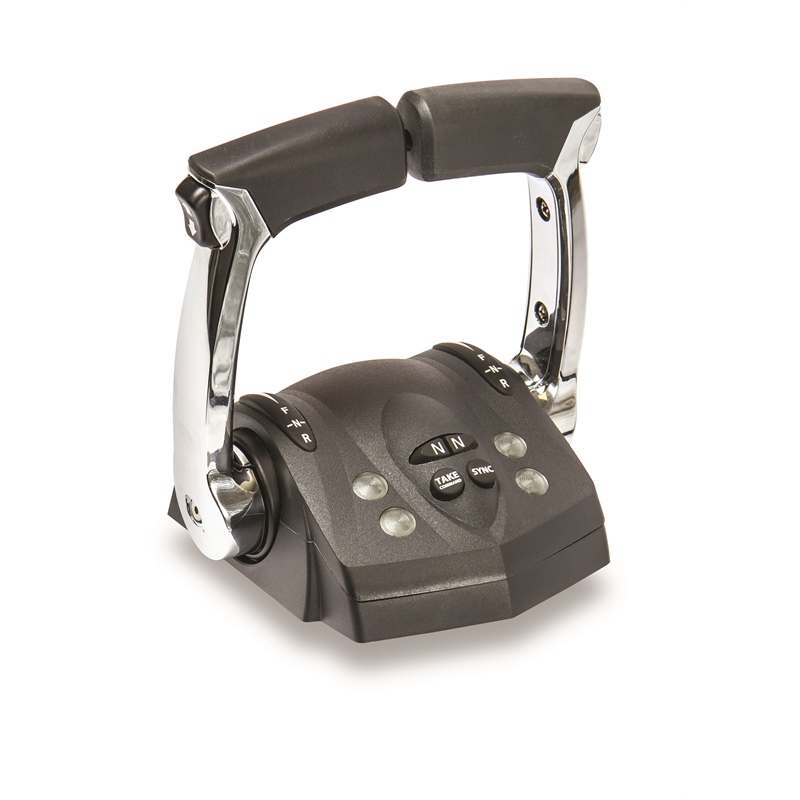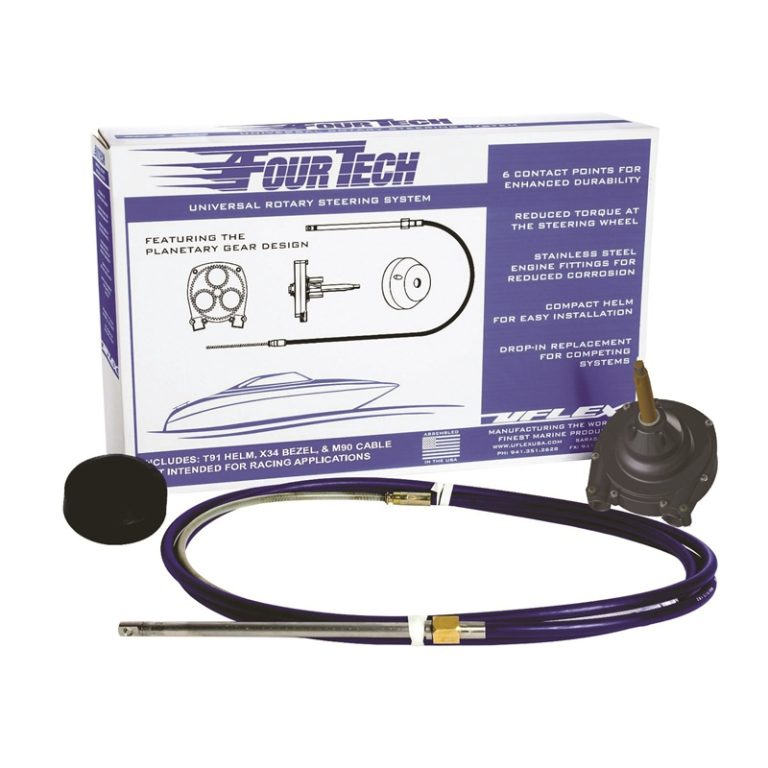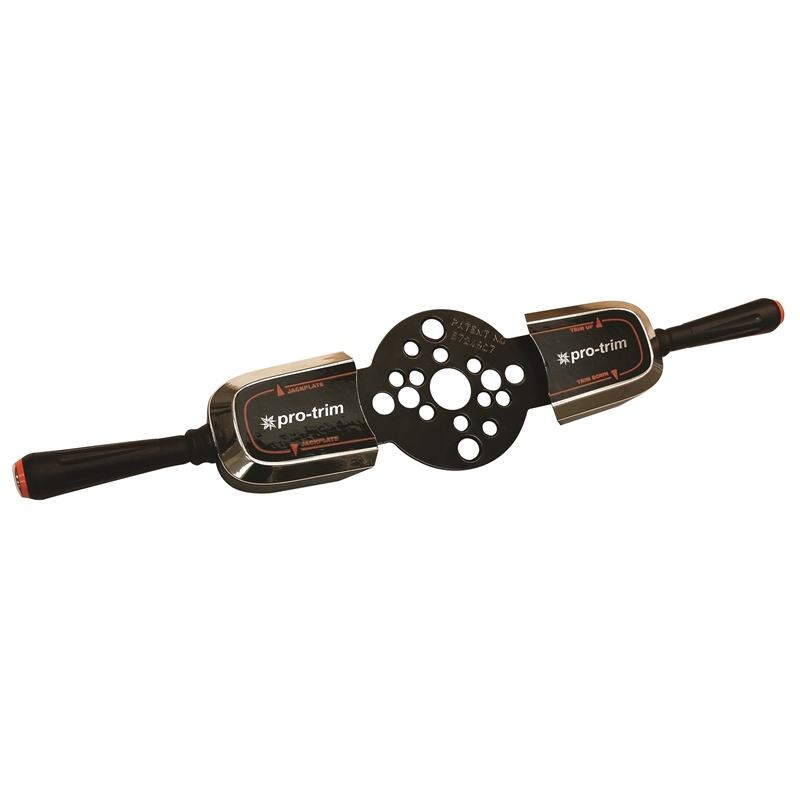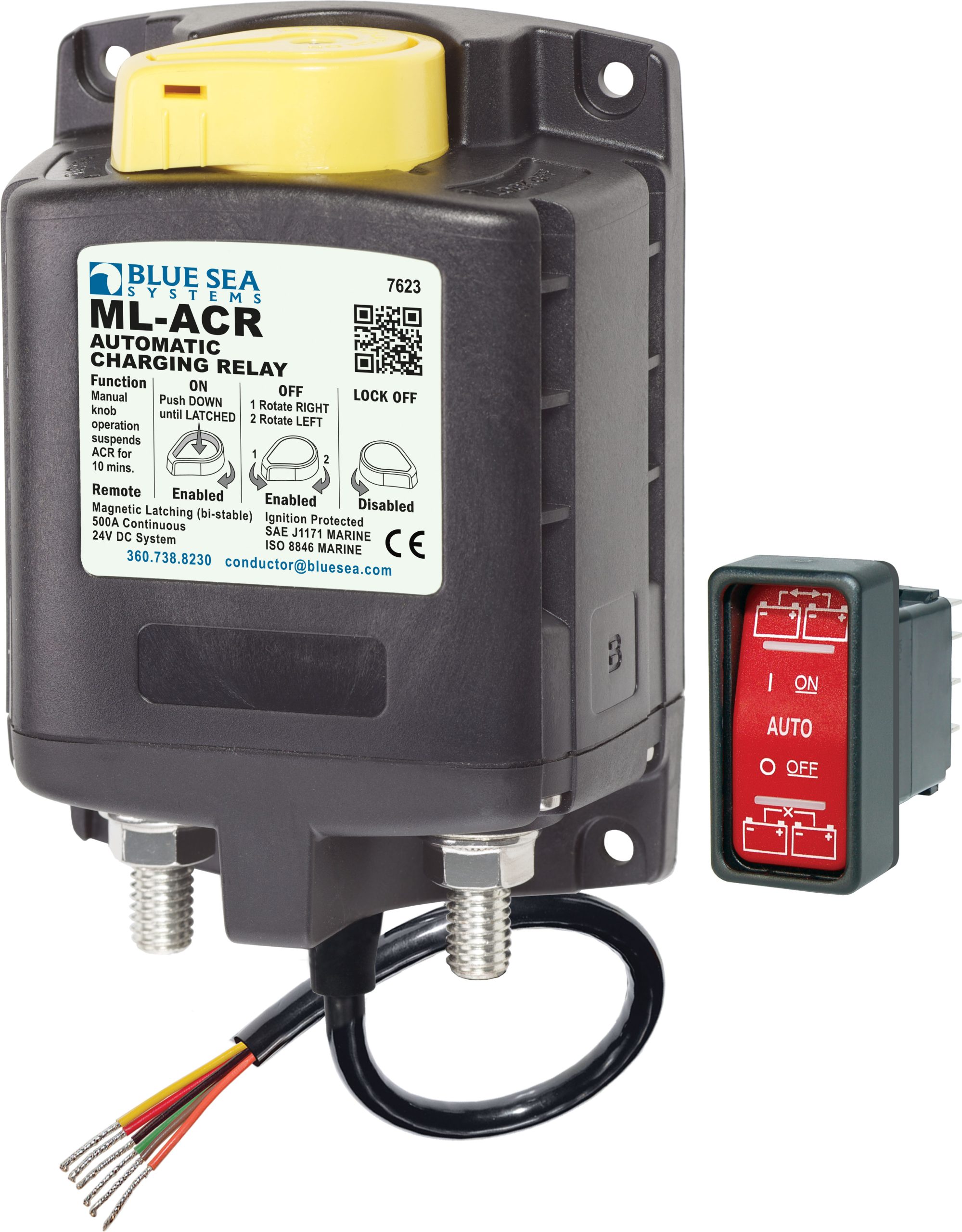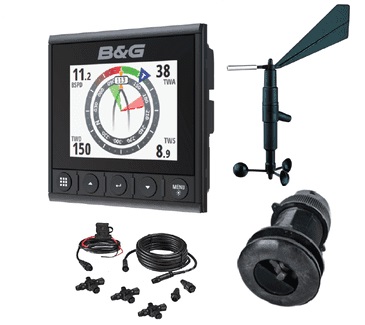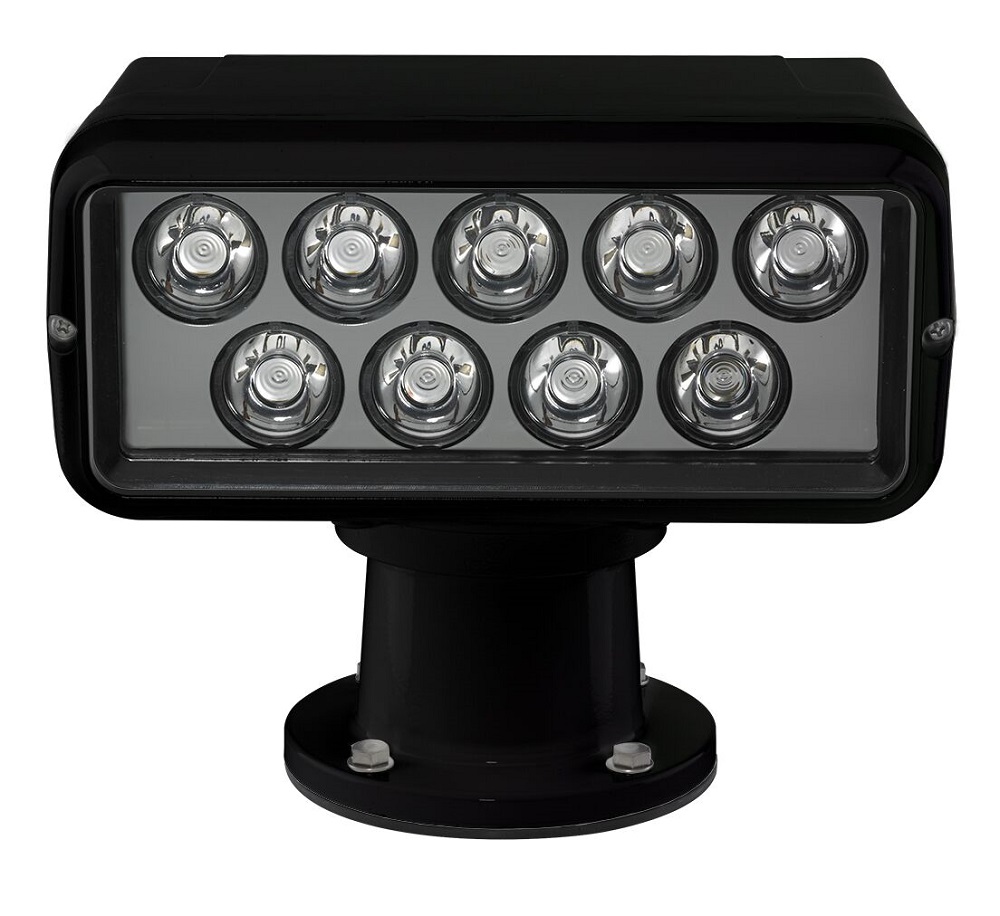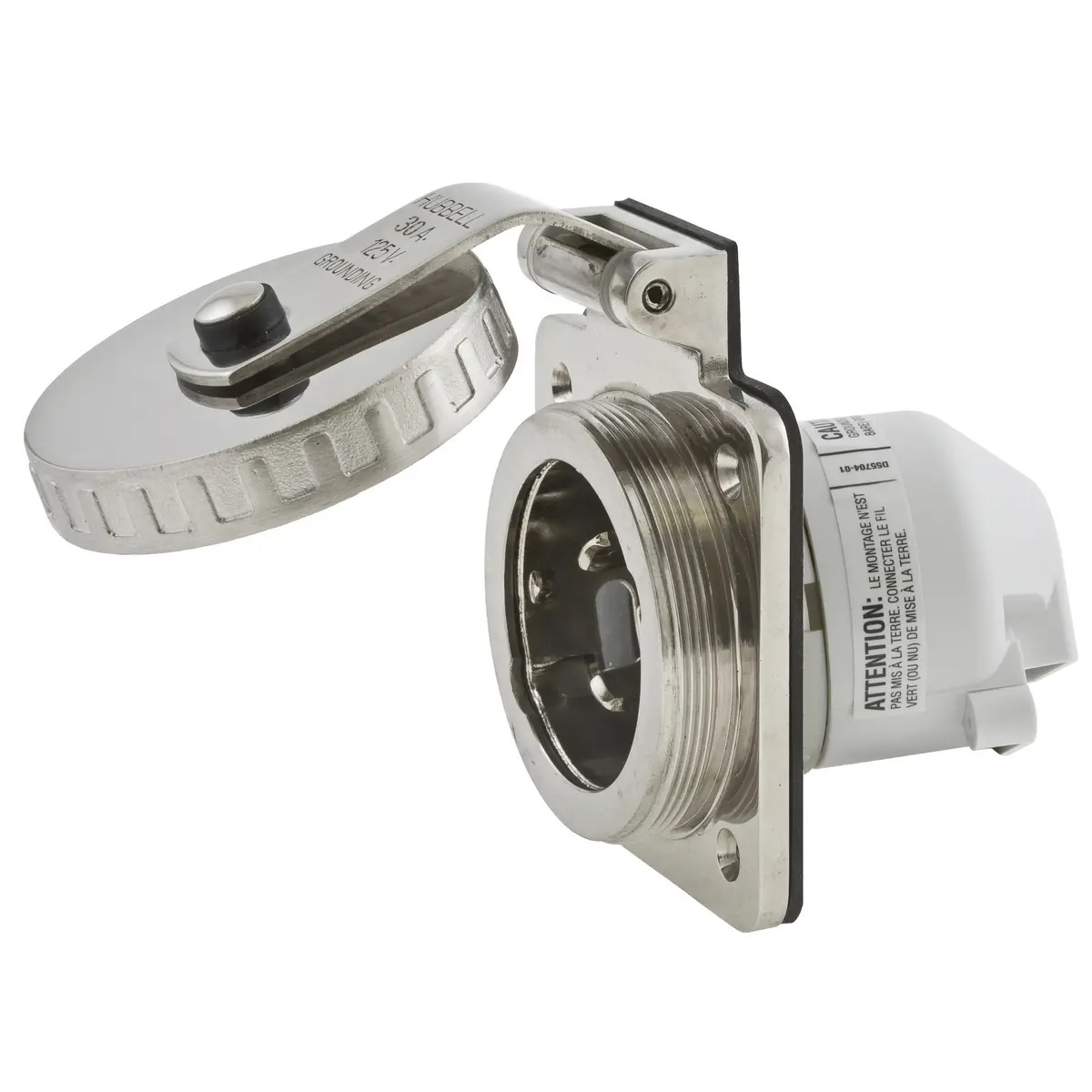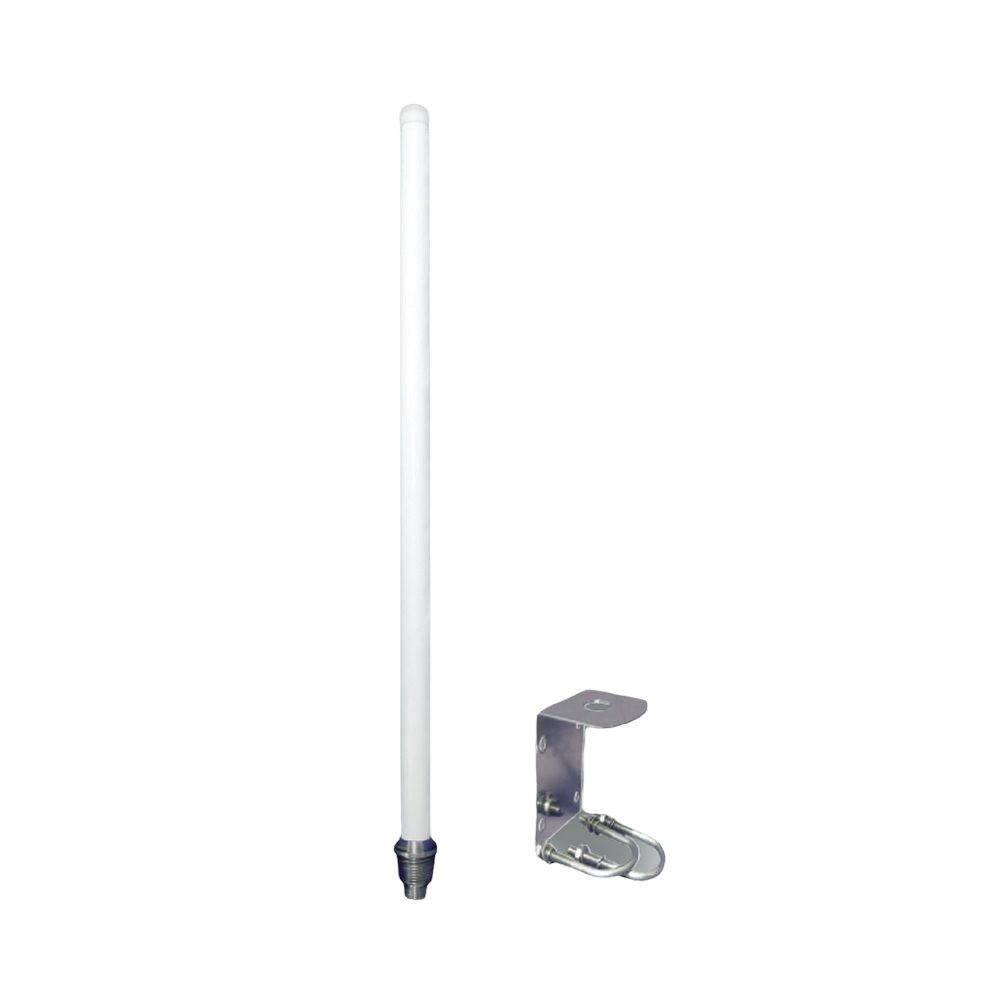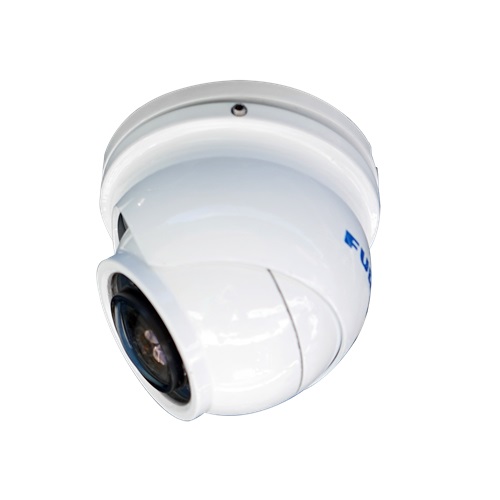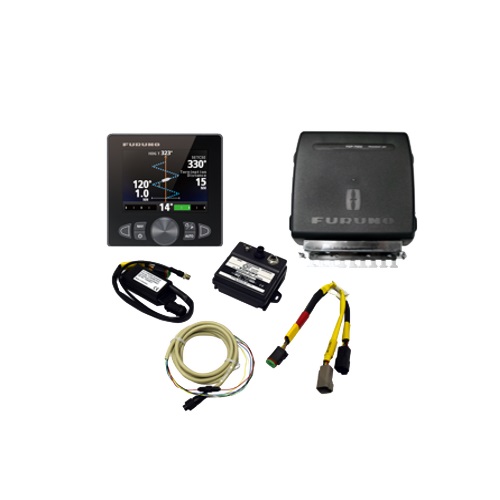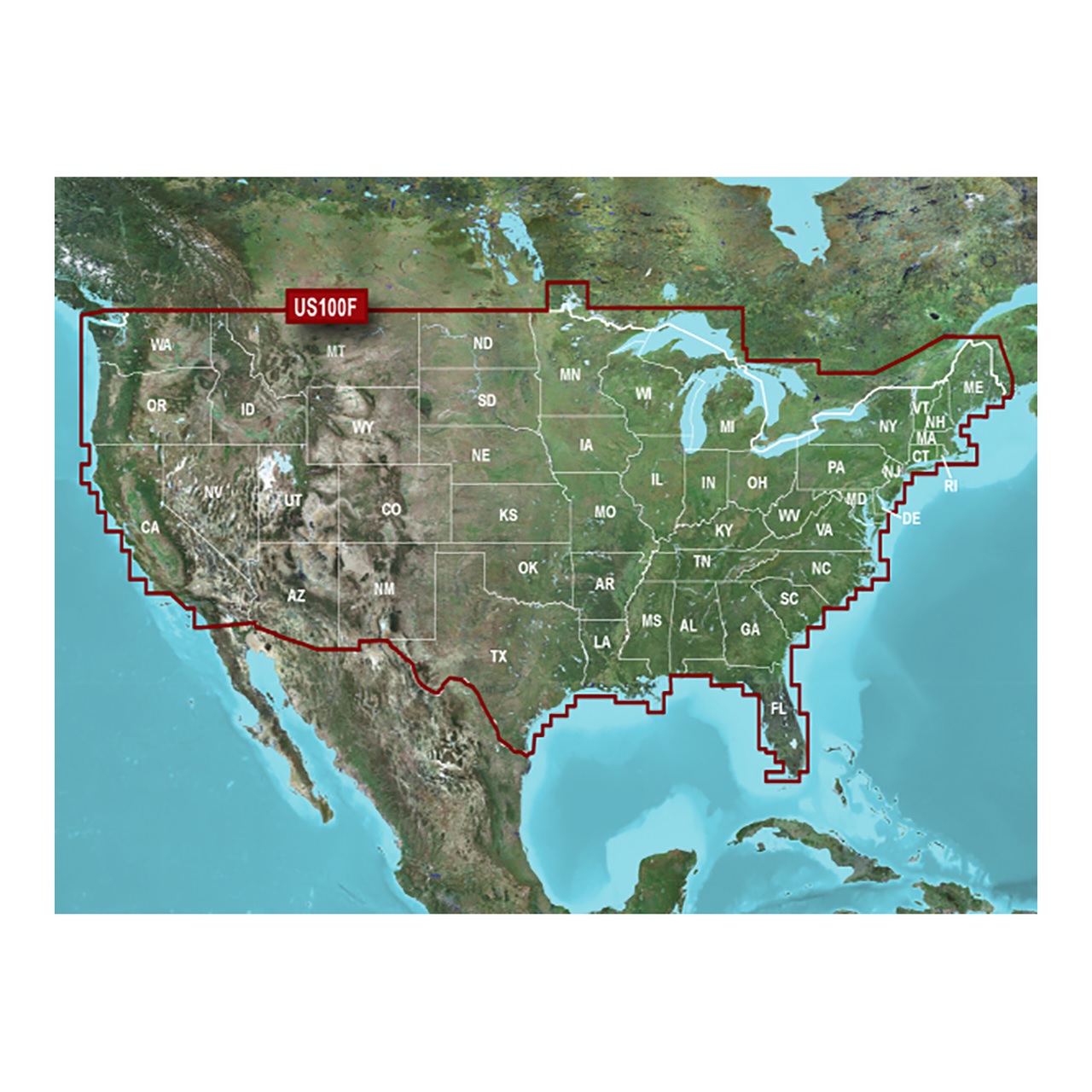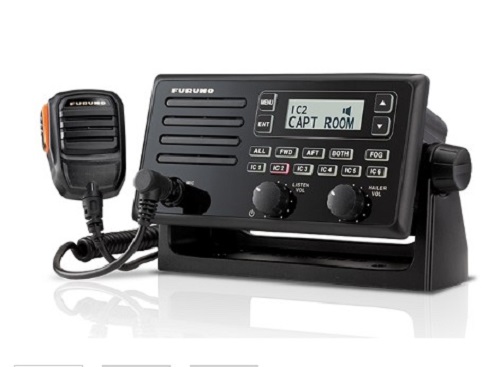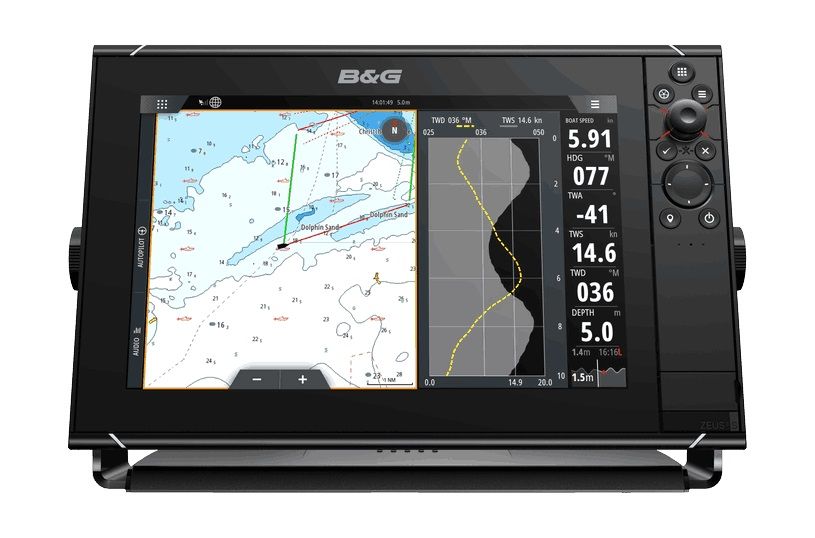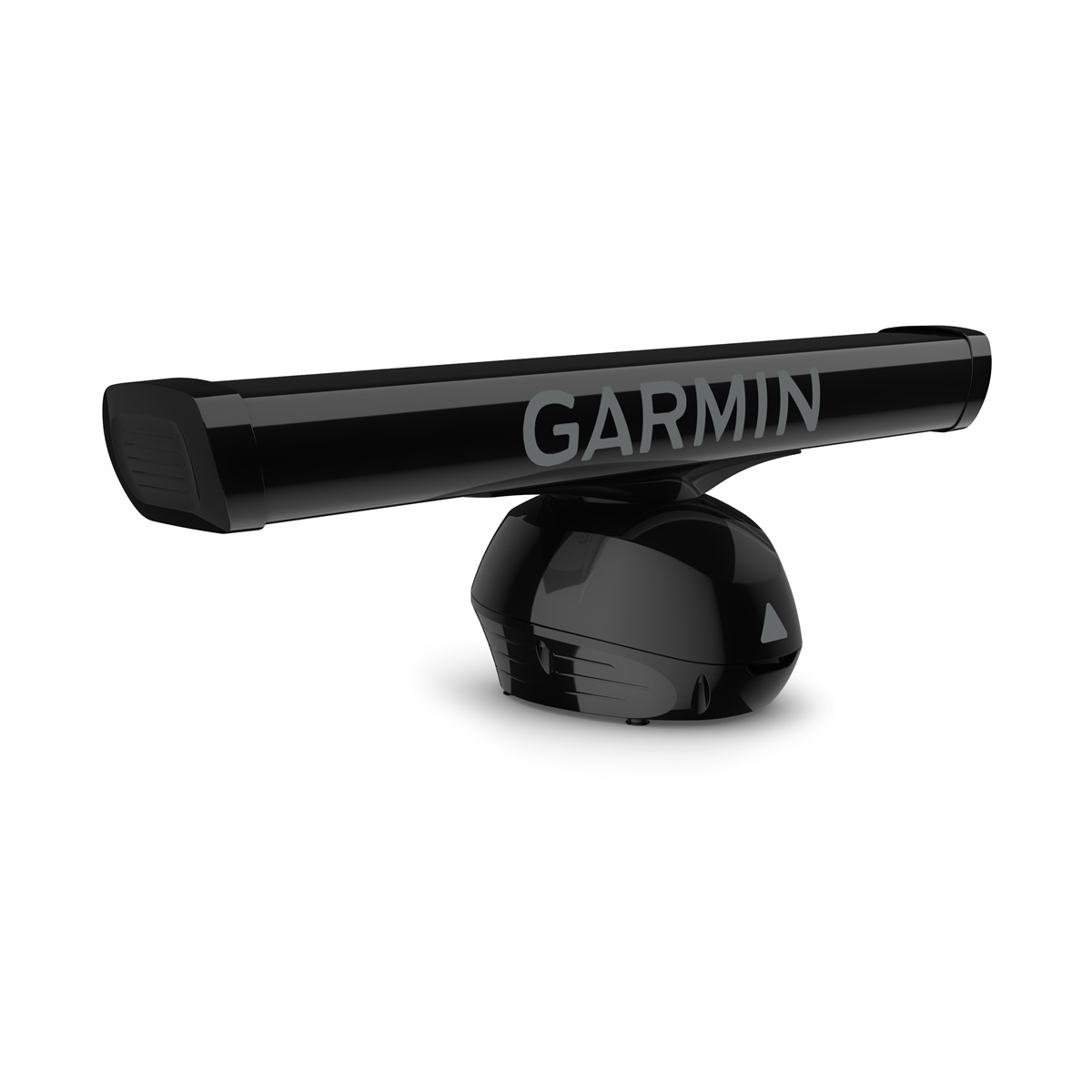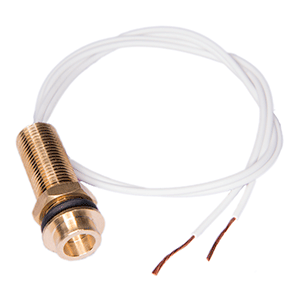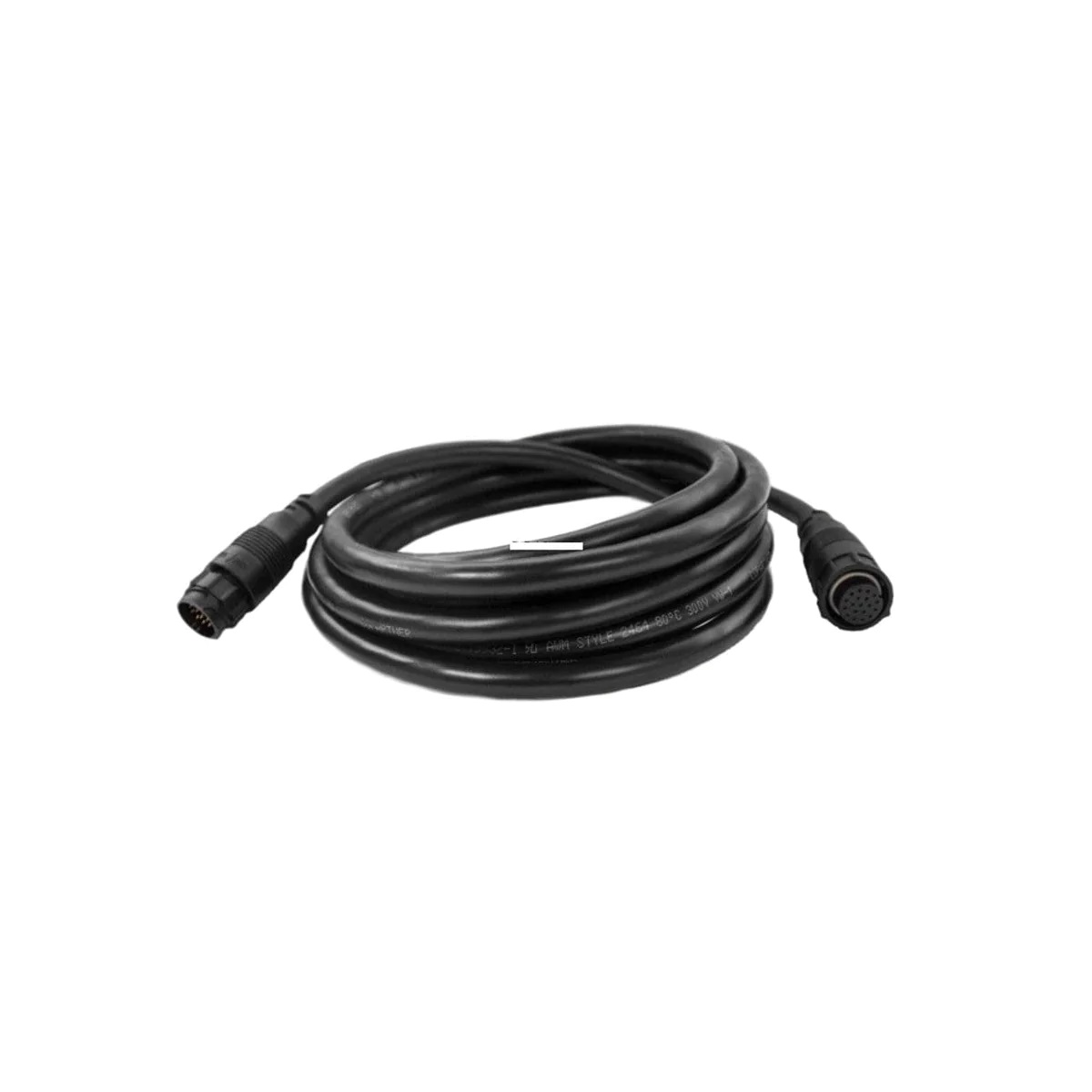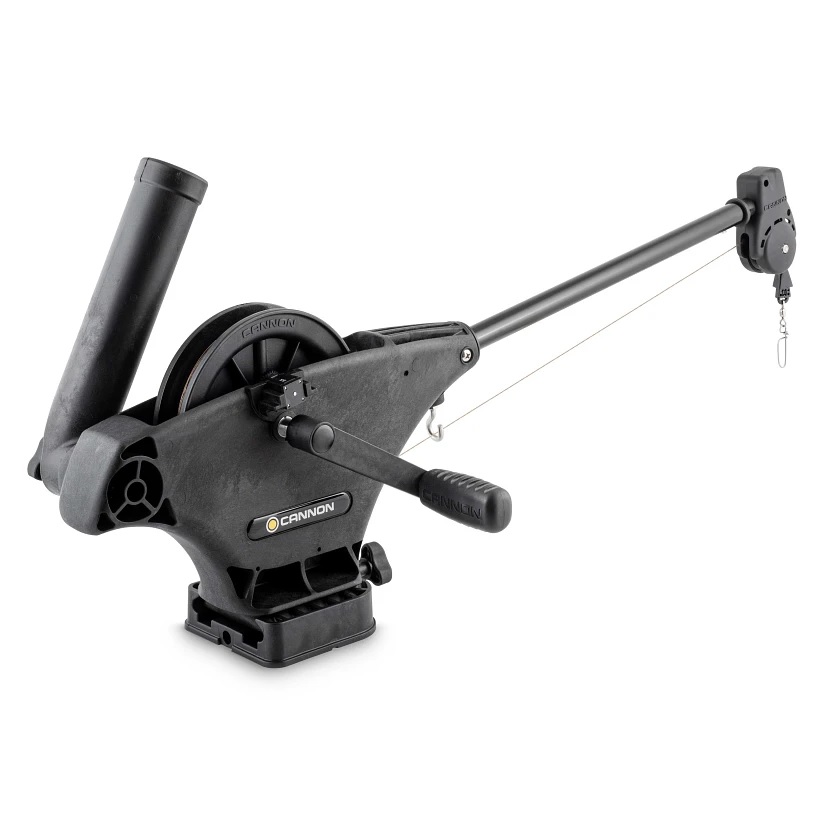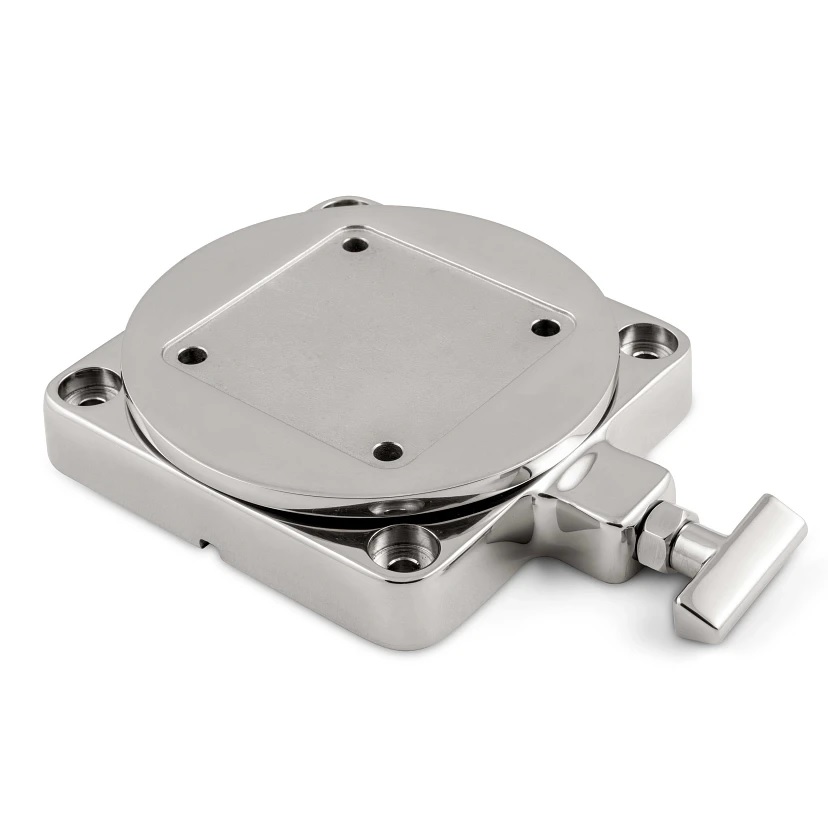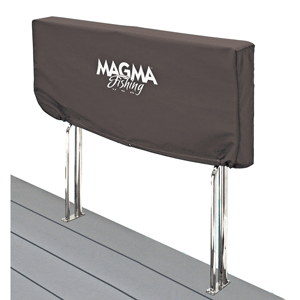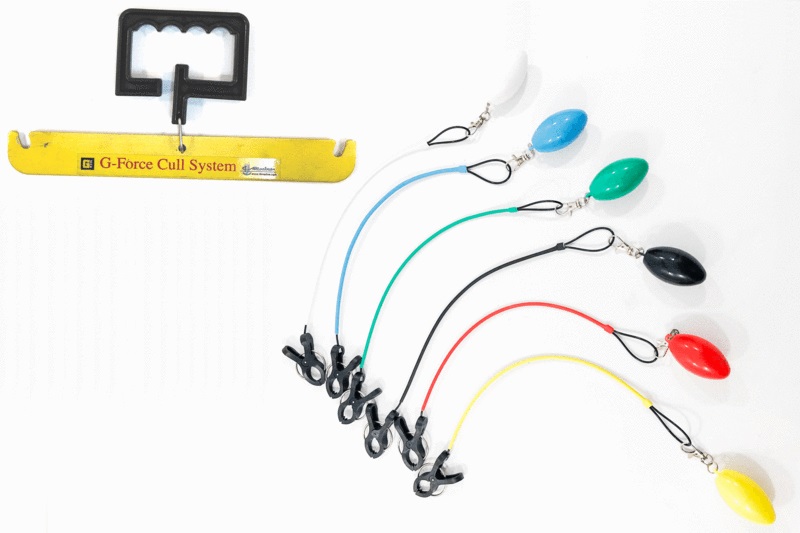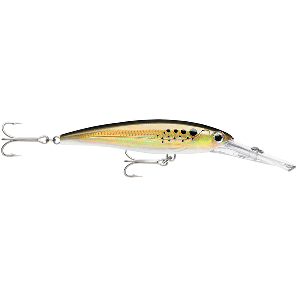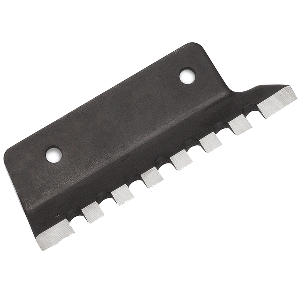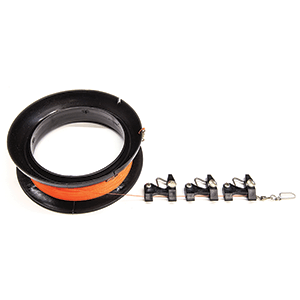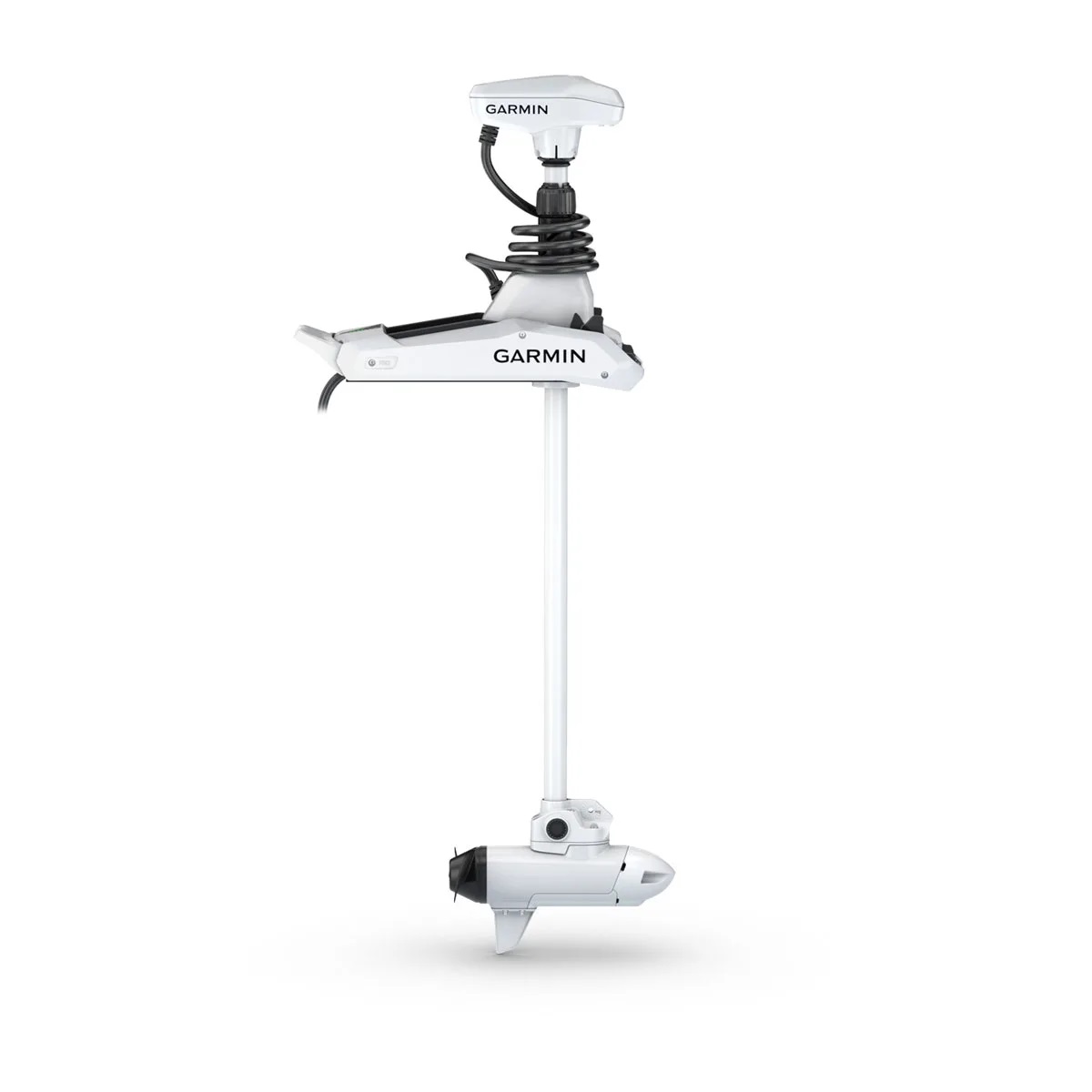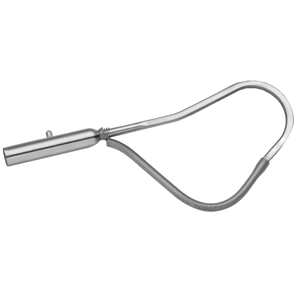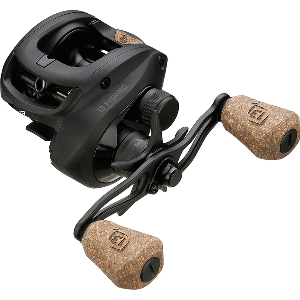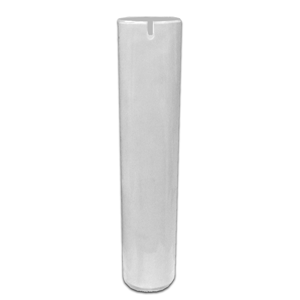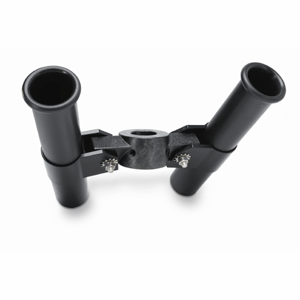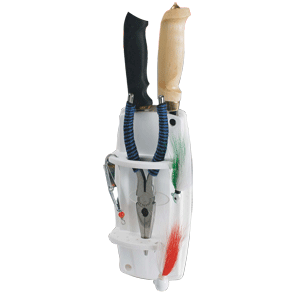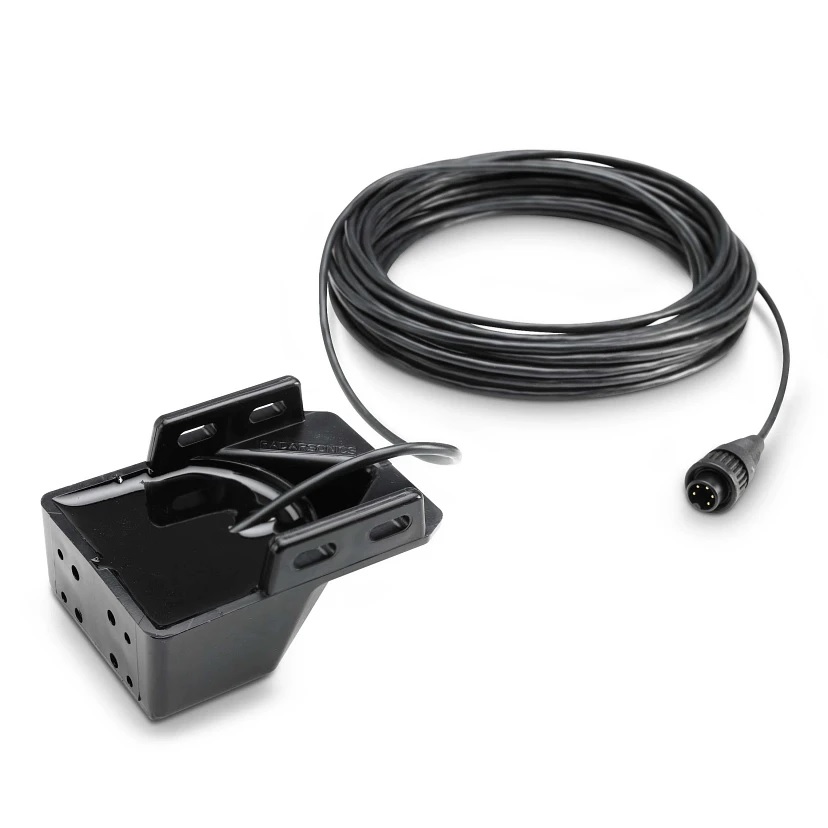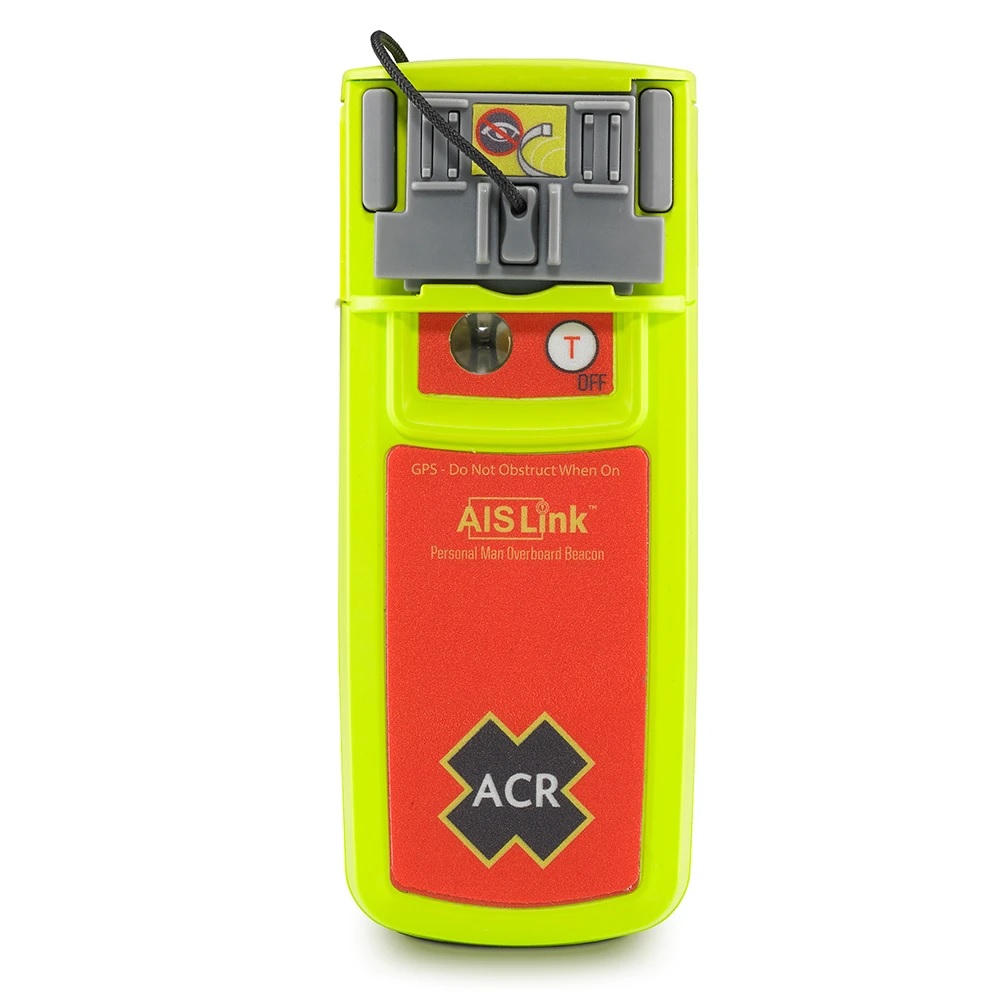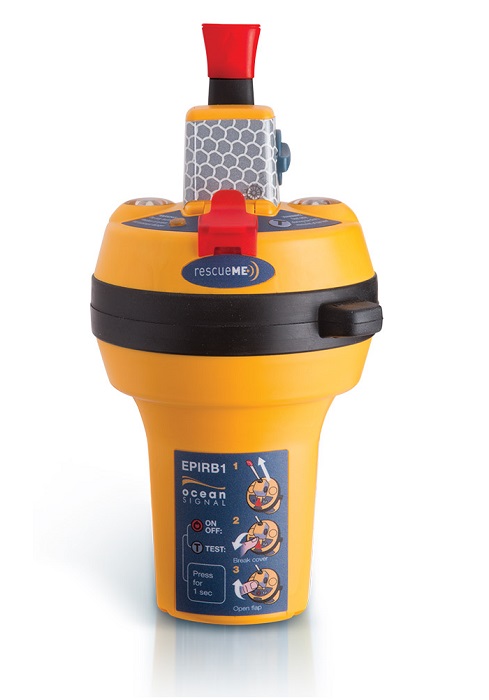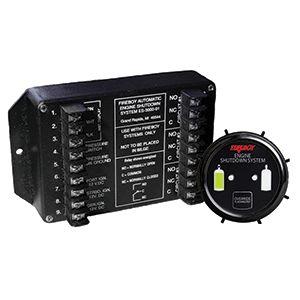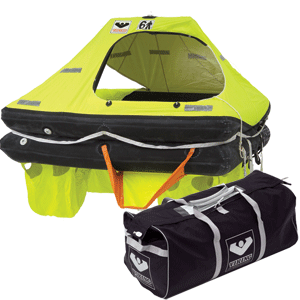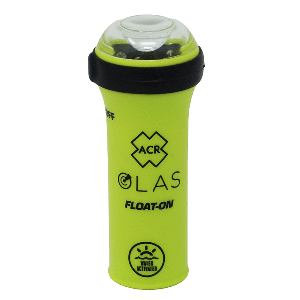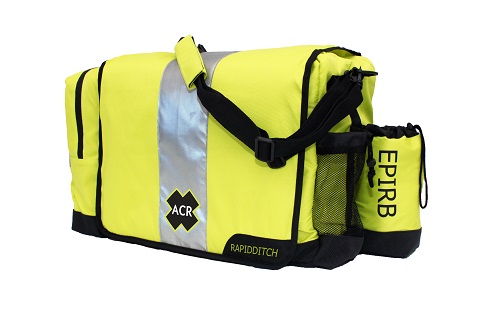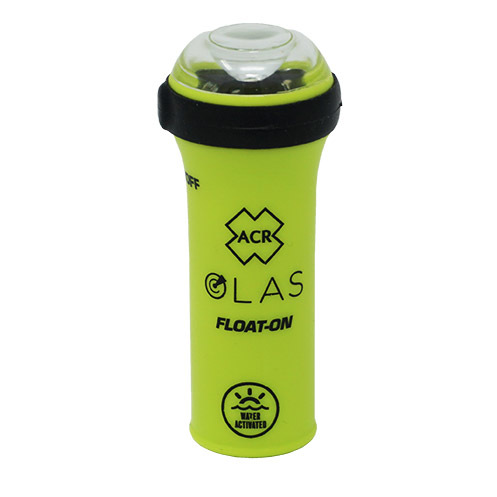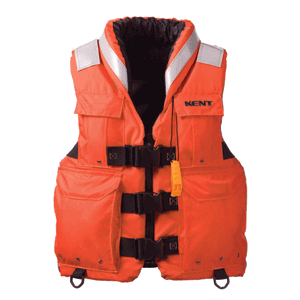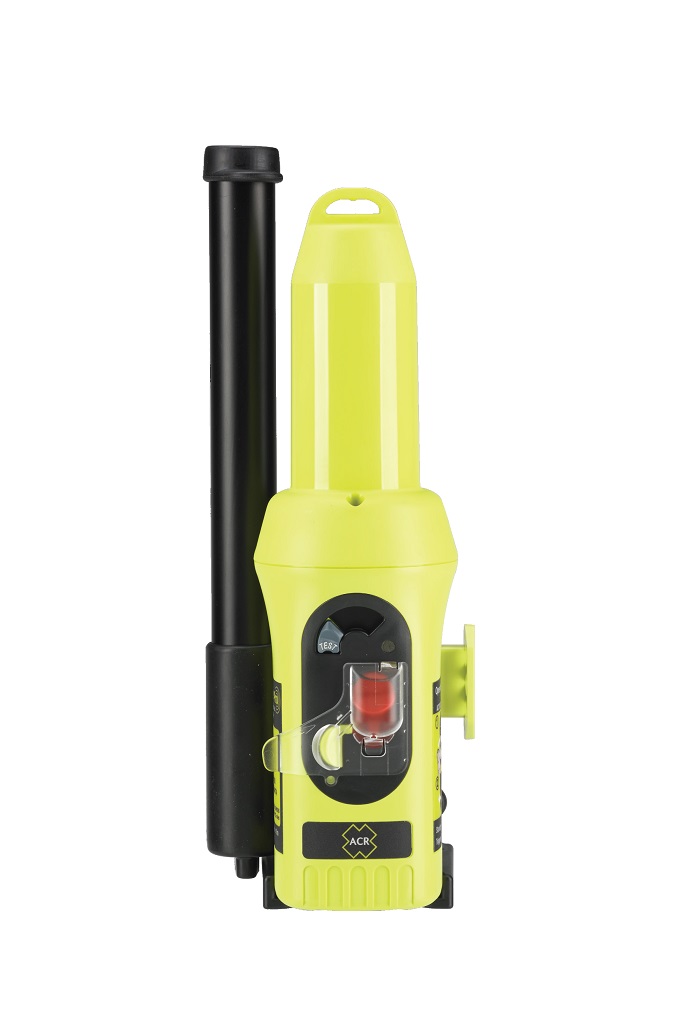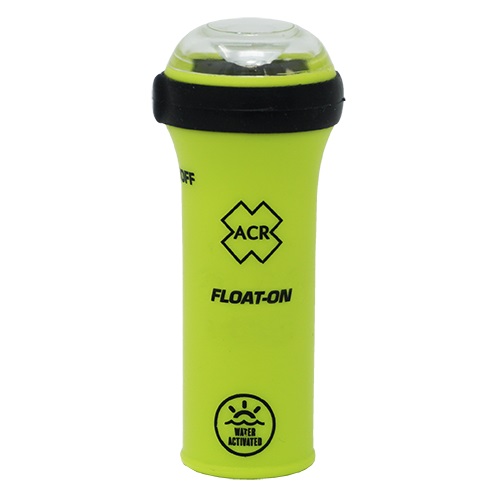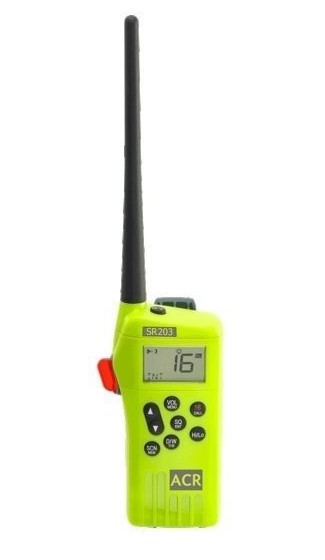Drain Plug Gasket
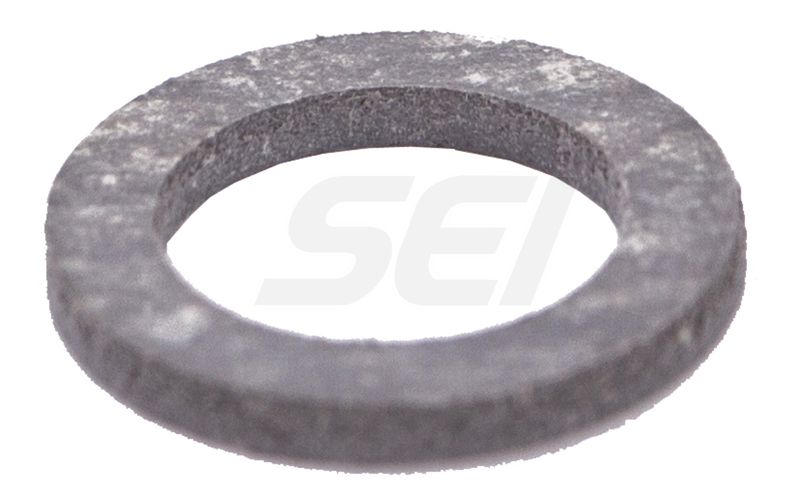
Introduction
The drain plug gasket for marine applications is a small yet vital component that ensures the integrity of your boat’s drainage system. Without a properly functioning gasket, you risk water leakage, corrosion, and long-term engine damage. Whether you are a seasoned mariner or a weekend boater, understanding how to select and maintain the right drain plug gasket is essential for smooth sailing. This guide provides everything you need to know about choosing, using, and caring for your gasket to prevent unexpected water intrusions and maintain your boat’s performance.
Overview / What Is a Drain Plug Gasket?
A drain plug gasket for marine engines is a sealing washer placed between the drain plug and the engine block or hull of the boat. Its purpose is to prevent water, oil, or fuel from leaking out of the system. It is typically made from materials like copper, aluminum, nylon, or rubber, depending on the boat’s make and environmental needs.
Over time, this gasket can wear out due to heat, saltwater exposure, or pressure fluctuations. When it fails, leaks can appear at the drain point, potentially leading to engine damage or bilge flooding. This simple component plays a critical role in keeping your boat systems safe and sealed.
Why a Quality Gasket Matters for Your Boat
Choosing a high-quality drain plug gasket for marine use is more than just a maintenance preference — it’s about safety and efficiency. Inferior gaskets can crack, compress excessively, or even disintegrate under marine stress, putting your vessel at risk of water leakage.
Premium gaskets not only offer a better seal but also last longer, saving you money and maintenance hassles in the long run. They reduce the risk of loosening during vibrations and fit snugly to avoid water intrusion during heavy seas or long trips.
Types of Marine Drain Plug Gaskets
There are several types of drain plug gaskets designed specifically for marine applications. Choosing the right one depends on your engine type, material compatibility, and environmental exposure.
- Metal Gaskets: Commonly copper or aluminum, known for strength and durability.
- Rubber/Nitrile Gaskets: Ideal for sealing and flexibility; however, they may wear faster in saltwater environments.
- Fiber/Nylon Gaskets: Cost-effective and used in less critical areas.
For Yamaha marine engines, OEM-compatible gaskets are recommended for optimal fit and sealing performance.
How to Replace a Marine Drain Plug Gasket
Installing or replacing a drain plug gasket for marine engines is a simple yet crucial process:
- Drain any fluids before beginning.
- Remove the old gasket and inspect for signs of corrosion or damage.
- Clean the sealing surface thoroughly.
- Install the new gasket and torque the drain plug to manufacturer specifications.
Always verify compatibility before installation. Improper installation can lead to leaks and potential engine damage.
Maintenance Tips
To extend the life of your drain plug gasket for marine use, regular inspection is key. Marine environments are harsh, so proactive checks prevent unexpected failures:
- Inspect the gasket each time you drain fluids.
- Replace at regular service intervals or if visibly damaged.
- Never reuse single-use gaskets. They lose sealing integrity.
- Use anti-seize lubricant on drain plugs to prevent thread damage and aid future removal.
These habits not only ensure a tight seal but also protect your engine and prevent bilge contamination.
Expert Advice and Pro Recommendations
Marine mechanics and boaters agree that investing in a reliable drain plug gasket for marine engines can prevent costly repairs. Here’s what the pros say:
- Always match material to application: For saltwater, corrosion-resistant gaskets are best.
- Don’t overtighten: Excess torque can crush the gasket and lead to leaks.
- Buy in bulk: Keep extras on board to handle emergency replacements.
Buy now: Drain Plug Gasket and get 5% off with code WELCOME5.
Frequently Asked Questions
How often should I replace my boat’s drain plug gasket?
Drain plug gaskets should be inspected during every fluid change and replaced if there’s any visible wear, warping, or if it has been reused multiple times. Many gaskets are considered one-time-use items, especially those made from crushable materials like copper or aluminum. Replacing them during routine maintenance ensures a secure seal, preventing costly engine or hull damage due to leaks. As a best practice, boaters who frequently operate in saltwater environments should replace gaskets more often due to corrosion risks. Keeping extra gaskets onboard is always recommended for quick emergency fixes.
Can I use a generic gasket for my Yamaha marine engine?
While some generic gaskets may physically fit, it is strongly recommended to use OEM-compatible gaskets that are specifically designed for Yamaha marine engines. Yamaha’s specifications ensure optimal performance, correct fit, and proper sealing properties that generic versions may lack. Incorrect gasket materials may degrade faster or fail under engine heat and pressure. If you must use an alternative, ensure it matches Yamaha’s dimensions and material type. For peace of mind, always stick to trusted suppliers like allboatsupplies.com.
What are signs that a drain plug gasket is failing?
Common signs of a failing drain plug gasket include water or oil leaking from the drain area, visible cracks or flattening of the gasket, and corrosion around the plug. You may also notice lower fluid levels in your engine or hull, which could indicate seepage. During inspections, if the gasket appears brittle, worn, or compressed unevenly, it’s time to replace it. Addressing these symptoms promptly can prevent engine failure and keep your vessel operational.
Are rubber gaskets suitable for saltwater boats?
Rubber or nitrile drain plug gaskets can be used in marine settings, but they are generally better suited to freshwater or low-pressure environments. In saltwater conditions, metal or composite gaskets (like copper or fiber-reinforced materials) offer superior resistance to corrosion and wear. Salt can degrade rubber faster, leading to cracking and leaks. If you operate in brackish or salt-heavy environments, opt for a material that withstands long-term exposure without compromising the seal.
Where can I buy the best drain plug gaskets for marine engines?
You can find premium-quality drain plug gasket for marine use at reputable online marine supply stores. One highly recommended source is AllBoatSupplies, which specializes in Yamaha-compatible parts and offers OEM-grade products. They provide fast shipping, excellent customer support, and discount codes like WELCOME5 for 5% off your first order. Having a reliable supplier ensures you always have the right parts for your boat when you need them most.
Conclusion
The drain plug gasket for marine engines may seem small, but it holds great importance in maintaining vessel safety and engine efficiency. From preventing leaks to protecting against saltwater corrosion, a high-quality gasket ensures peace of mind on the water. Regular inspection, correct material selection, and proper installation can make all the difference in your boat’s performance. Trust the experts, stay proactive with your maintenance, and always keep a few spare gaskets onboard.
Special Offer
WELCOME5 – Get 5% off storewide at allboatsupplies.com
🚀 Instant Assistance: Need help selecting the right product? Drop your contact in the chatbox at the bottom right corner, and our expert team will reply within 30 minutes with the best product suggestion for your boat — including a ready-to-use checkout link. We’re fast, knowledgeable, and always here for your boating needs!
No more guesswork — just message us and get a personalized checkout link for your antifouling system, fast!
Explore Our Best-Selling Ultrasonic Antifouling Products:
Buy now
Let us handle the hassle — expert support, quick replies, and smooth checkout. Your boat deserves the best.
Read More
For more helpful marine maintenance guides, check out our article on Yamaha Trim Assembly Replaces 2003-up 115-250 HP.


